Table of Content
Everglades National Park | Introduction
Everglades National Park is the third largest national park in the United States, located in Florida. The park covers an area of 160 kilometers long and 97 kilometers wide, consisting of swamps and wetlands, and boasts a diverse array of flora and fauna resources and ecosystems. Established in 1947, it is not only one of the largest tropical wetlands in the United States but also one of the most important biodiversity conservation areas in the world. Due to its representation of ongoing ecological evolutionary processes, it has been designated as a natural World Heritage site.
The peak season for Dzanga-Ndoki National Park is from December to April during the dry season, while the off-season is from May to November during the wet season.
Everglades National Park | Transportation
Everglades National Park is located in southern Florida and has three main entry points: the Ernest F. Coe Visitor Center in Homestead, the Gulf Coast Visitor Center in Everglades City, and the entrance at Shark Valley, which can be considered as three distinct areas. The drive from Miami to the Ernest F. Coe Visitor Center takes approximately one hour and provides the most direct access. There is no public transportation system within the park, so visitors need to either drive themselves or join a guided tour.
Find an Everglades National Park Tour
These three areas are not interconnected, and in fact, even the entrances are in three separate cities that are relatively far apart. For instance, the drive from the Ernest F. Coe Visitor Center entrance in the south to the Shark Valley entrance in the north takes about 1.5 hours. Therefore, if driving, it's recommended to split the trip over 2-3 days to fully explore the park.
Everglades National Park | Lodging Options
Everglades National Park offers limited camping accommodations within the park, including Flamingo and Long Pine Key campgrounds. In the Flamingo area, there are also cabins available for rent. Reservations are required for all these camping options. If you prefer staying in a hotel, it's recommended to choose one in the nearby towns close to the entrances, such as Homestead and Florida City.
Find a stay in Homestead?
Looking for a stay in Florida City?
Everglades National Park | Attractions
Earnest Coe Region
By visiting the Ernest F. Coe Visitor Center located in Homestead, you'll reach the southern entrance of the park. Strictly speaking, the Ernest F. Coe Visitor Center is not within the boundaries of the national park, but it serves as the first visitor center encountered by visitors. Inside, you'll find park overviews, environmental education, and extensive ecological information. The educational exhibits are well done, providing visitors with a comprehensive understanding of the park's ecosystem.
Royal Palm | Anhinga Trail
The first stop upon entering the National Park is Royal Palm. Here, you'll notice many cars in the parking lot covered with blue cloth. This precaution is taken because of the abundance of vultures, which are scavenger birds known for feeding on carcasses. These birds can cause damage to cars, hence the need for everyone to cover their vehicles.

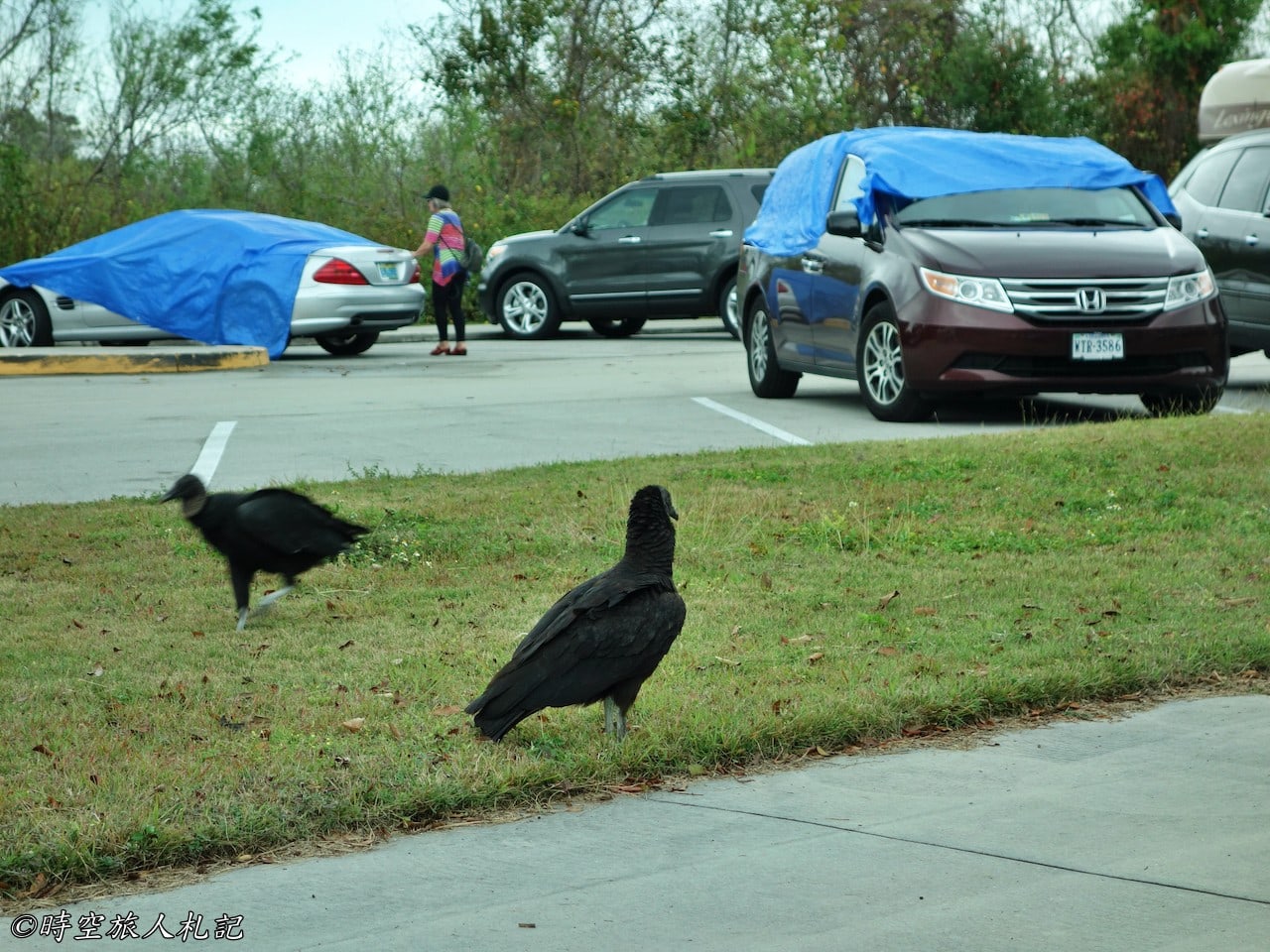
In the Royal Palm area, there are several trails to explore. One of the shorter trails is the Anhinga Trail, located just behind the visitor center. This trail leads to the marshes of Taylor Slough. During winter, mosquitoes are less abundant, making the walk along the trail quite comfortable. Here, you can begin to see a variety of alligators. Alligators are divided into two types: the American Alligator and the American Crocodile, both of which inhabit freshwater environments. The American Alligator has a U-shaped snout, and when its mouth is closed, you can't see the lower teeth.



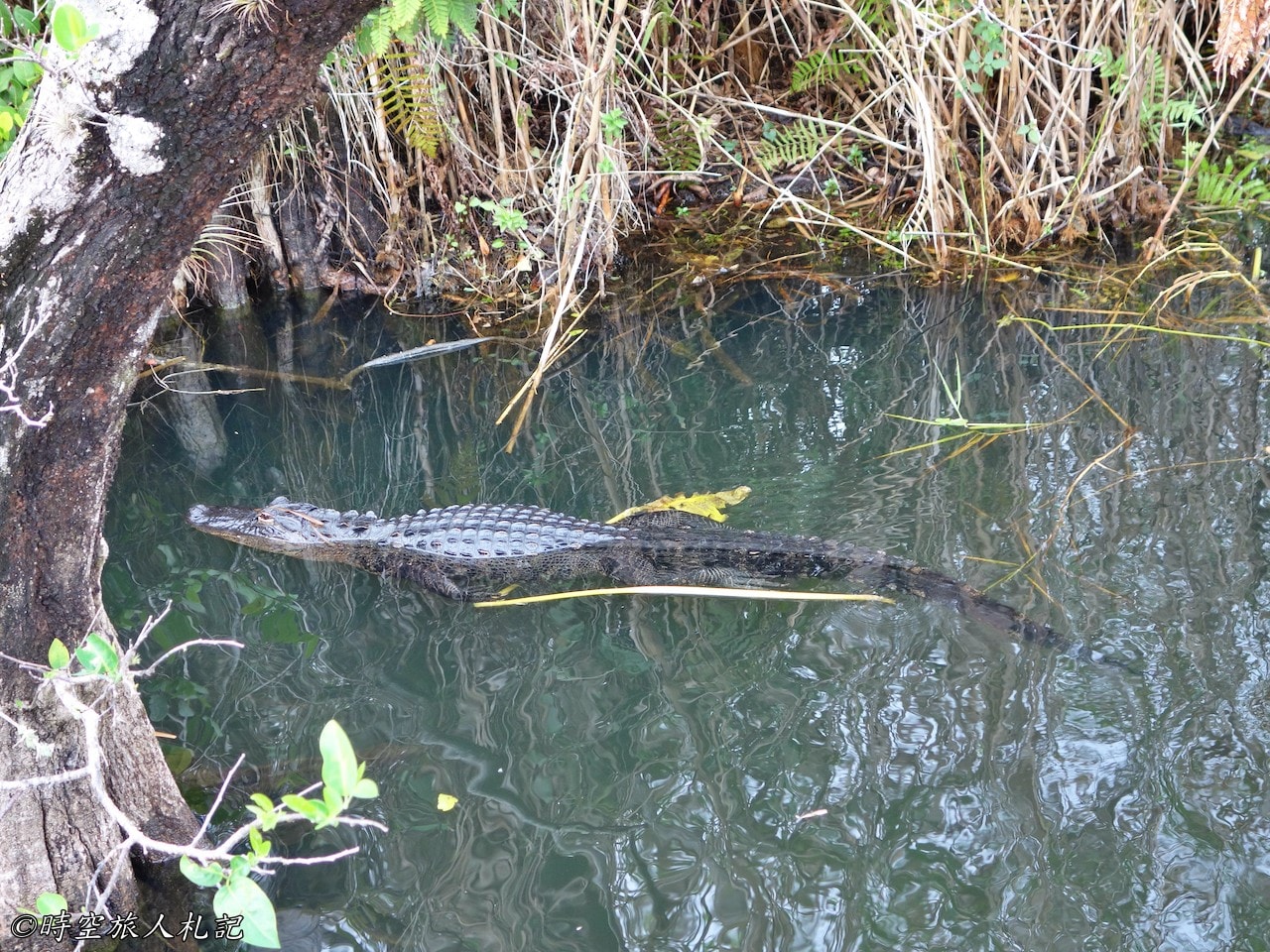
In the marshes, there is a wide variety of waterbirds and insects, such as the long-necked Anhinga, also known as the snakebird. When swimming in the water, it resembles a snake. If you prefer observing waterbirds, you can see many of them near the Long Pine Key Campground.
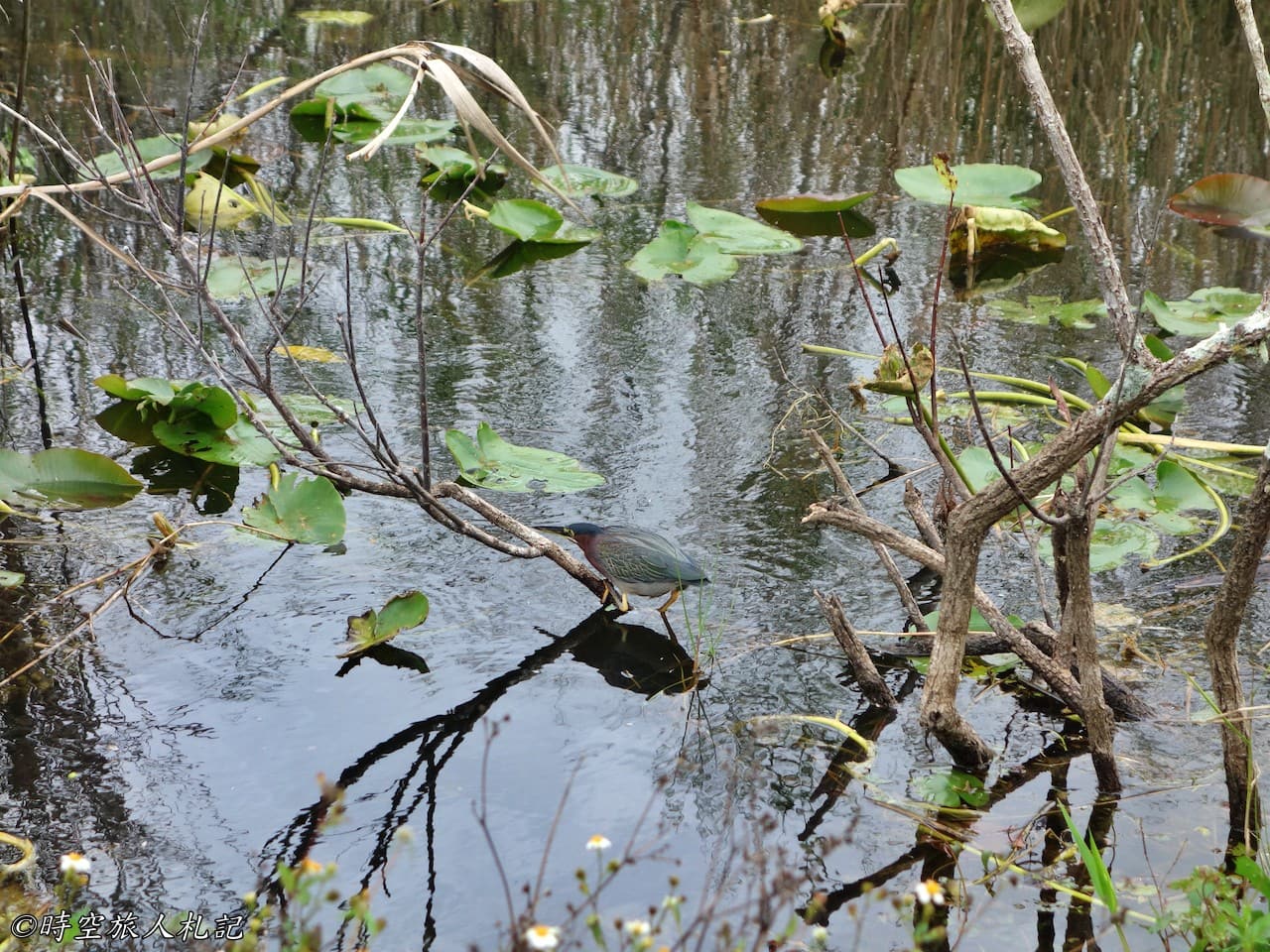
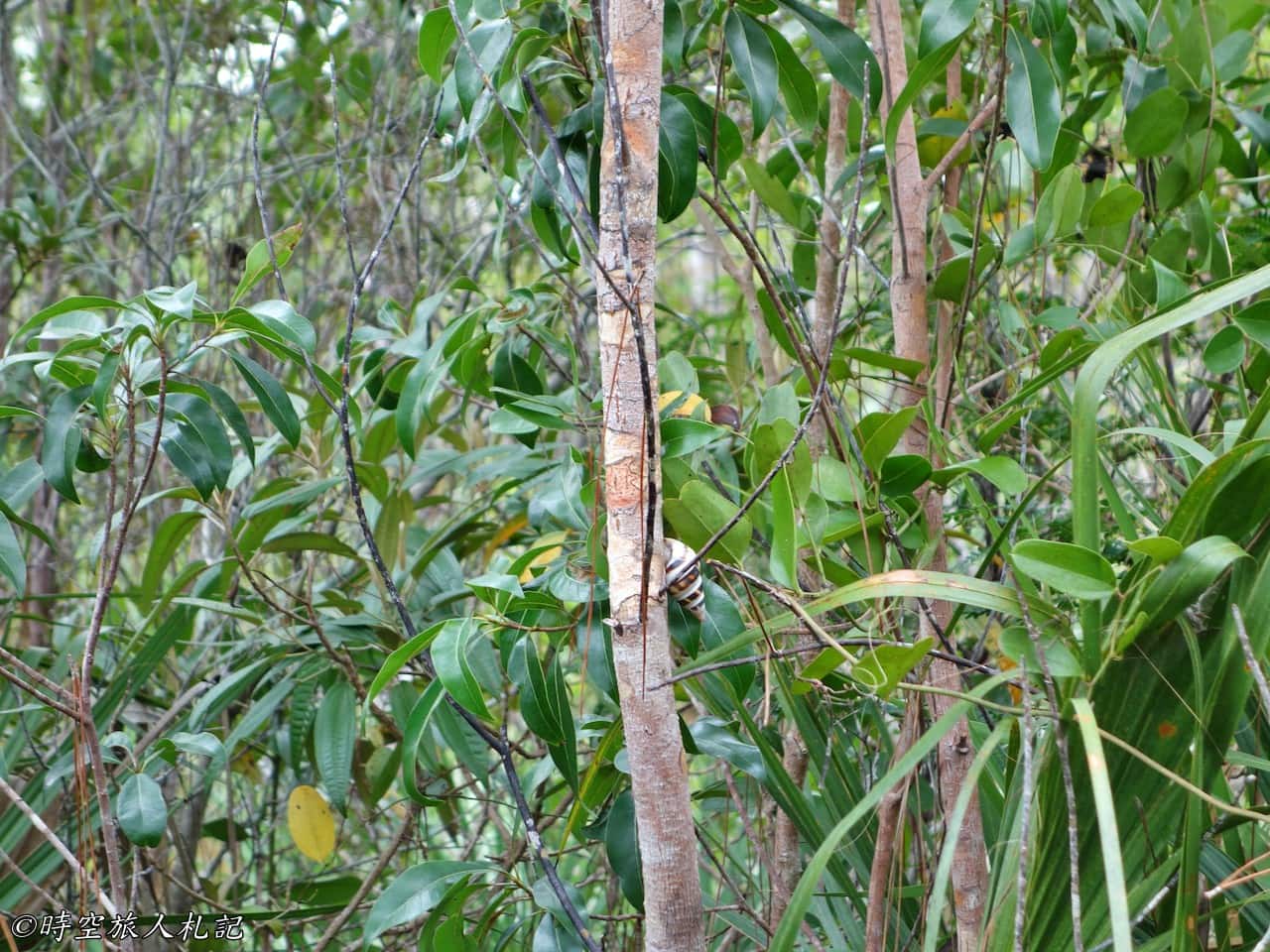
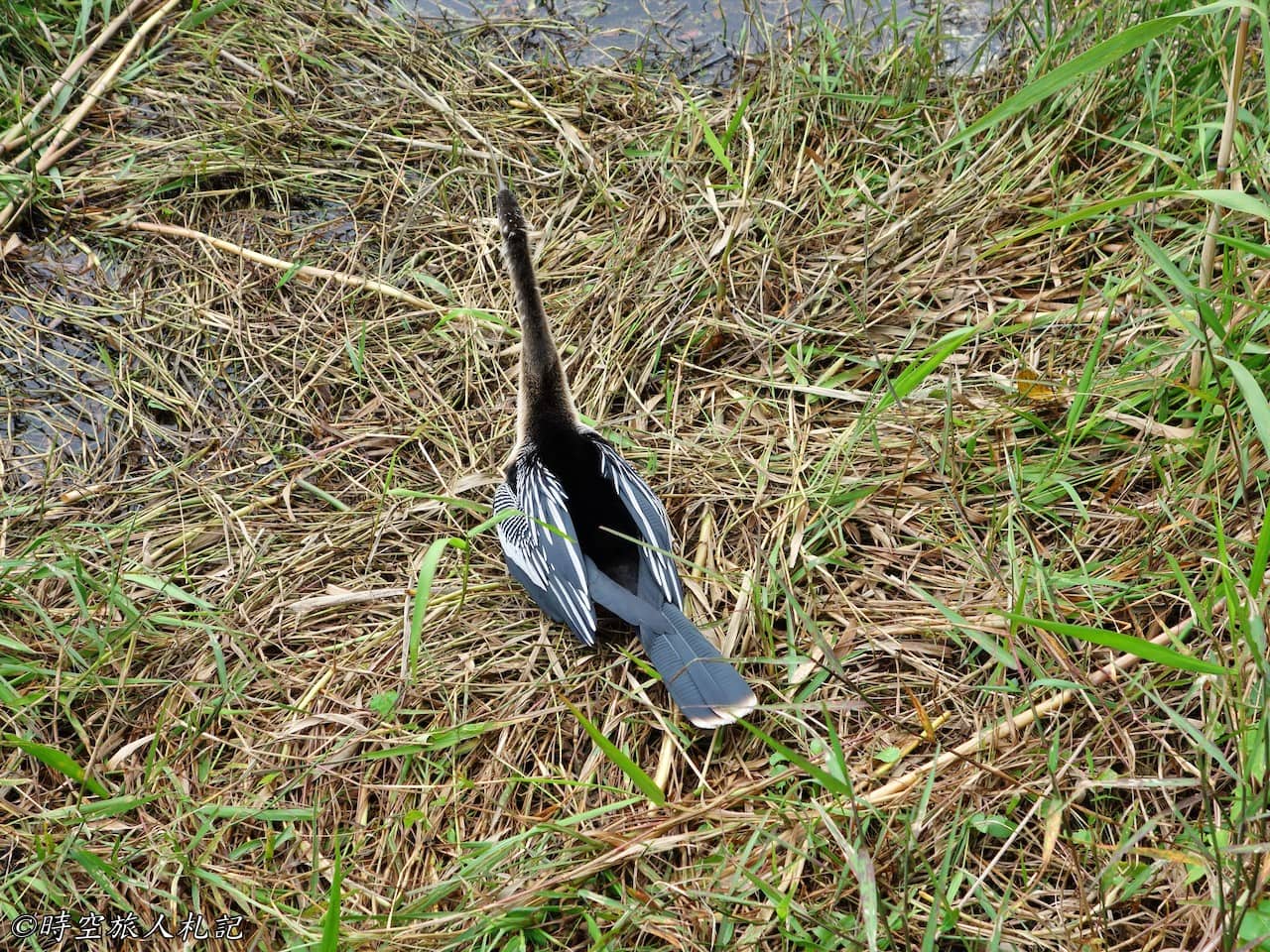

Pa-hay-okee Trail
From the visitor center, you can take a car ride all the way to the Pa-hay-okee overlook. The Pa-hay-okee Trail runs alongside the marsh on the right and the wetlands on the left, offering views of rich biodiversity.
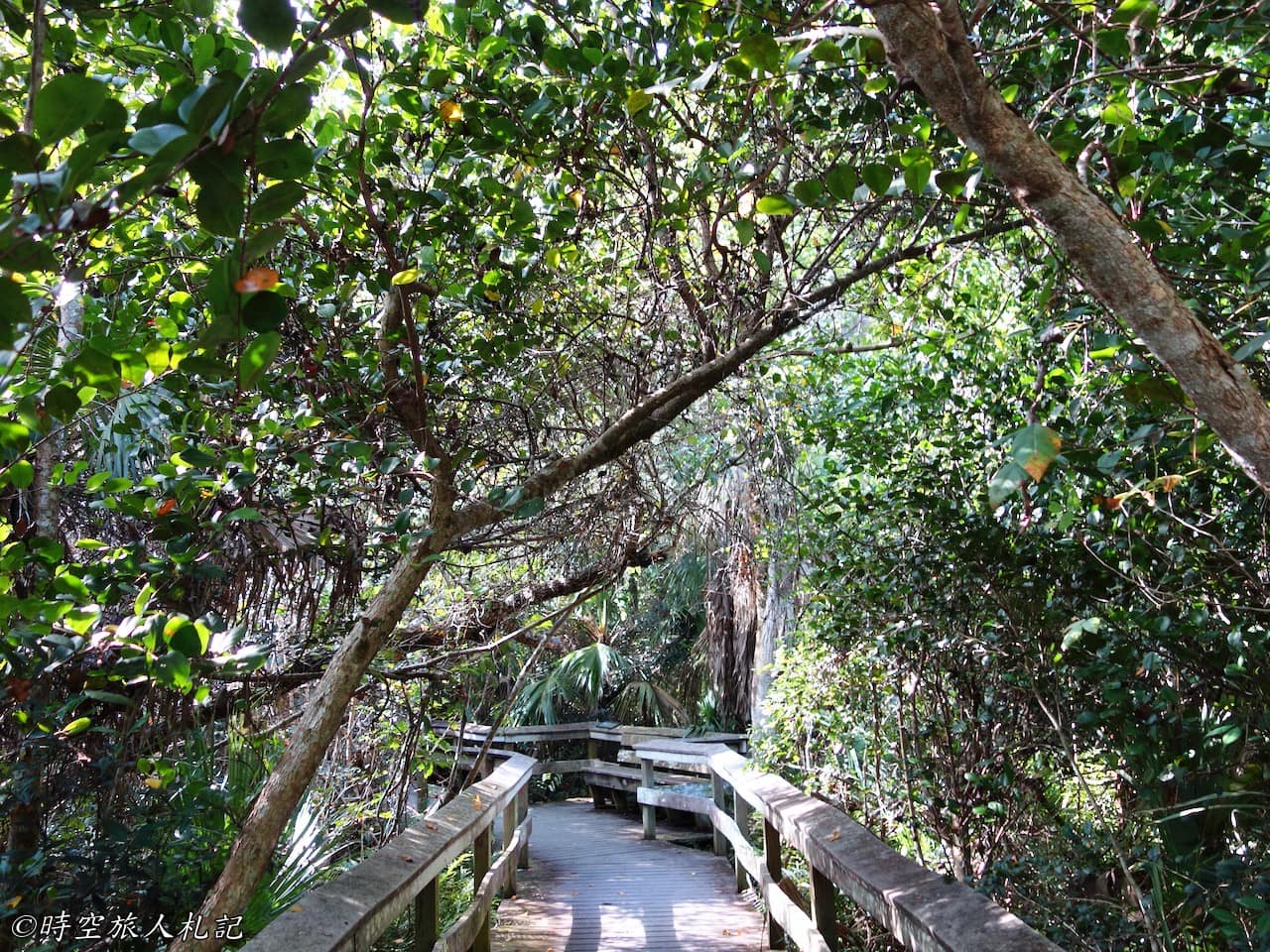
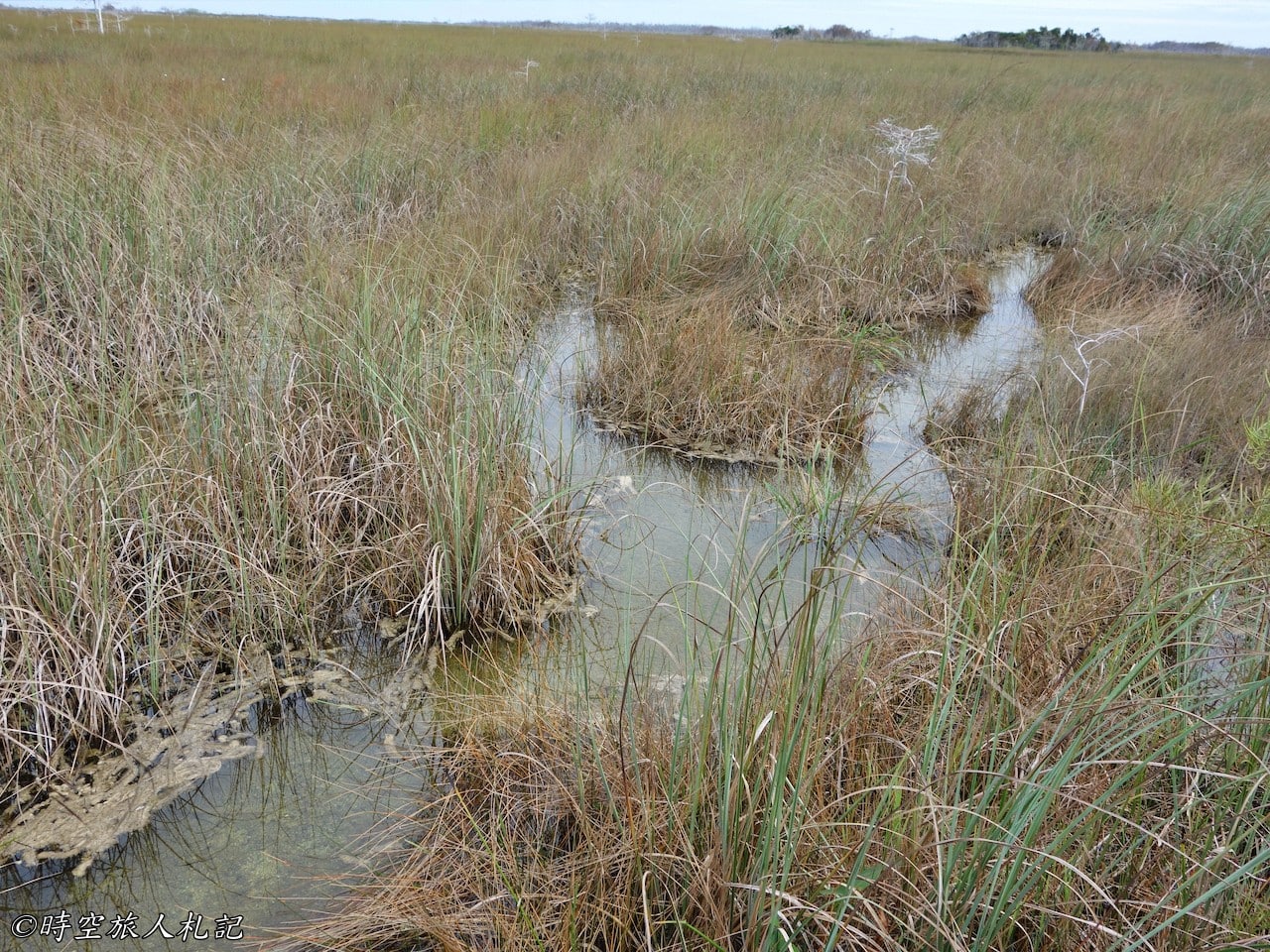
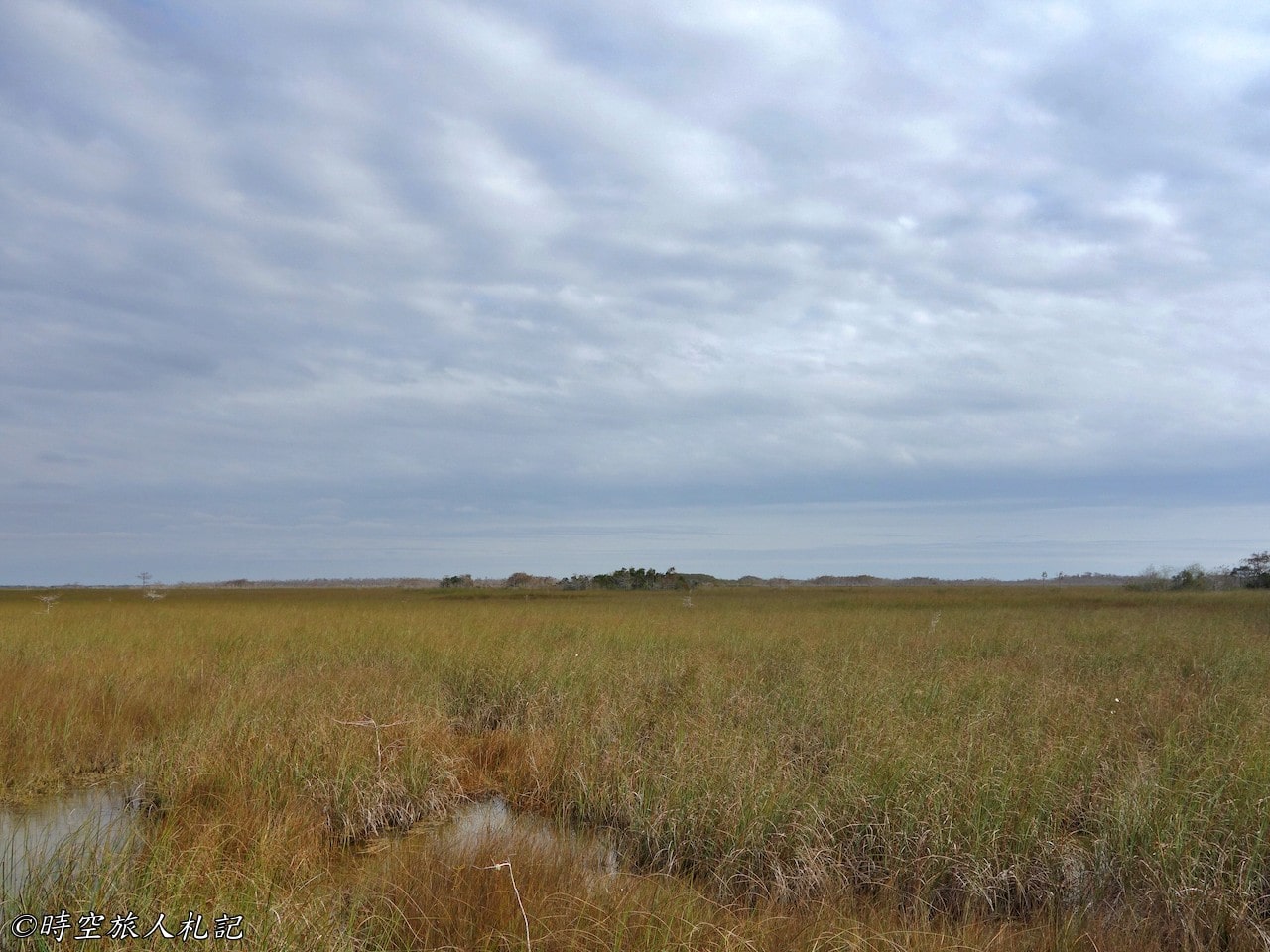
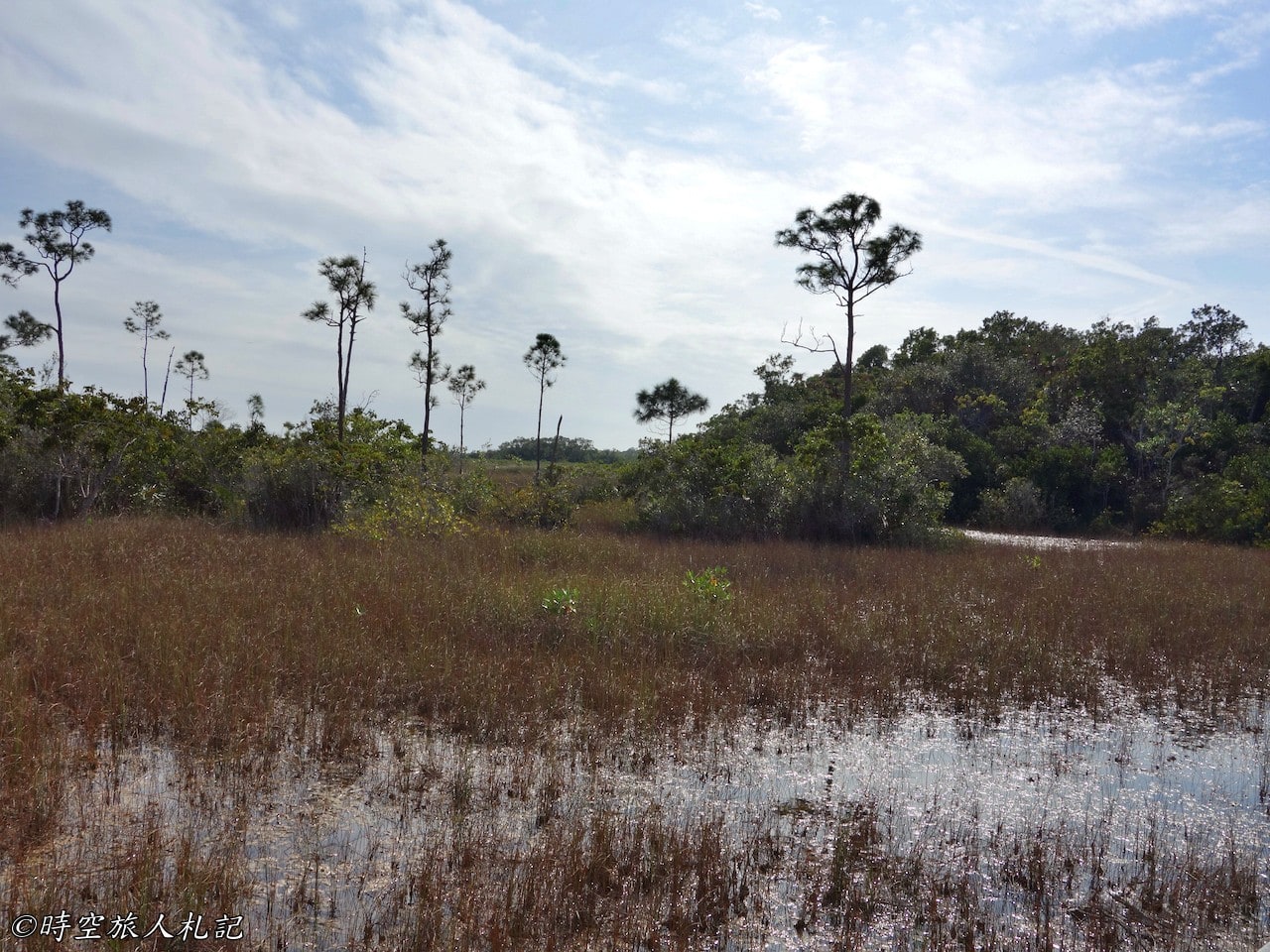
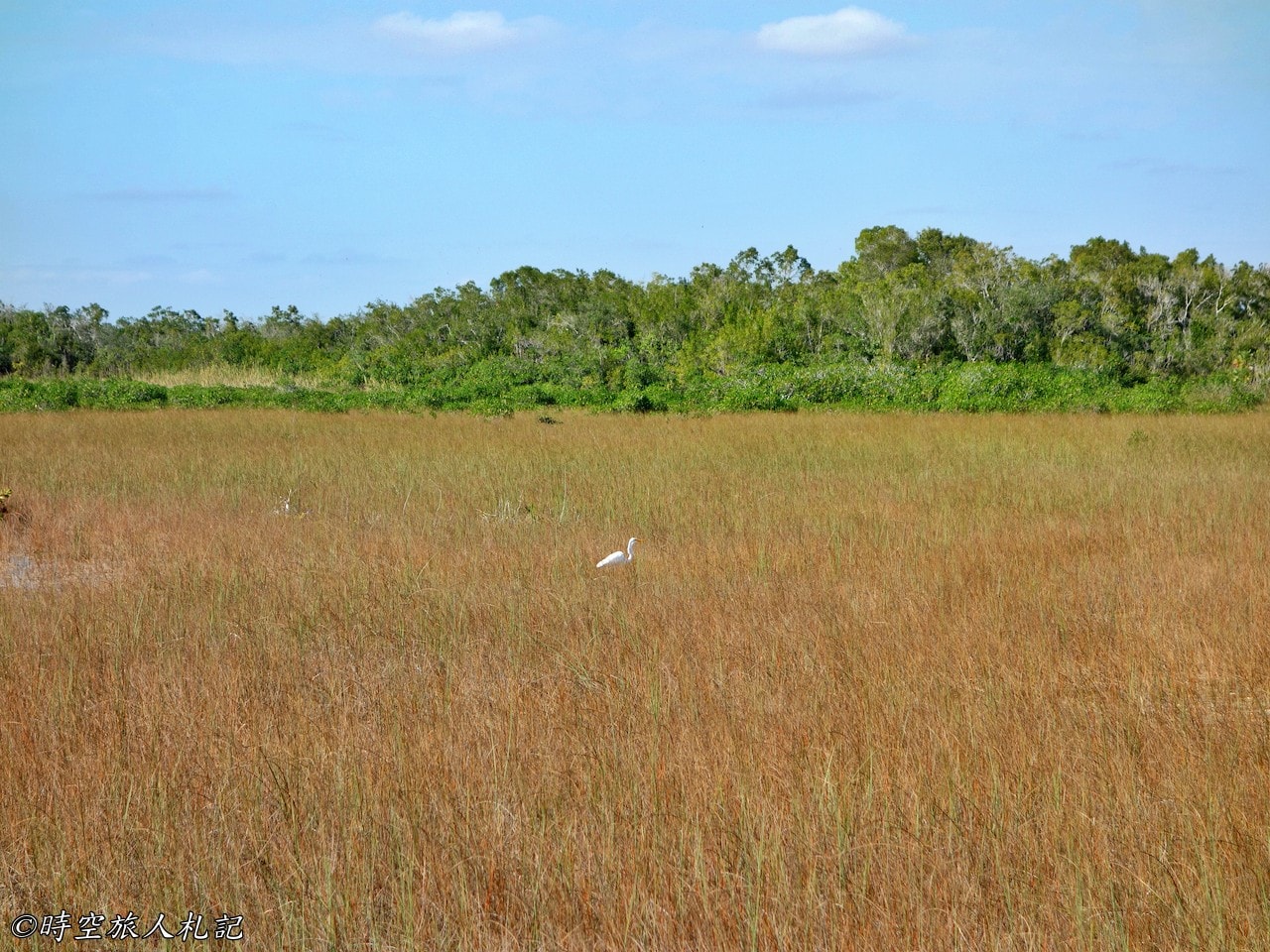
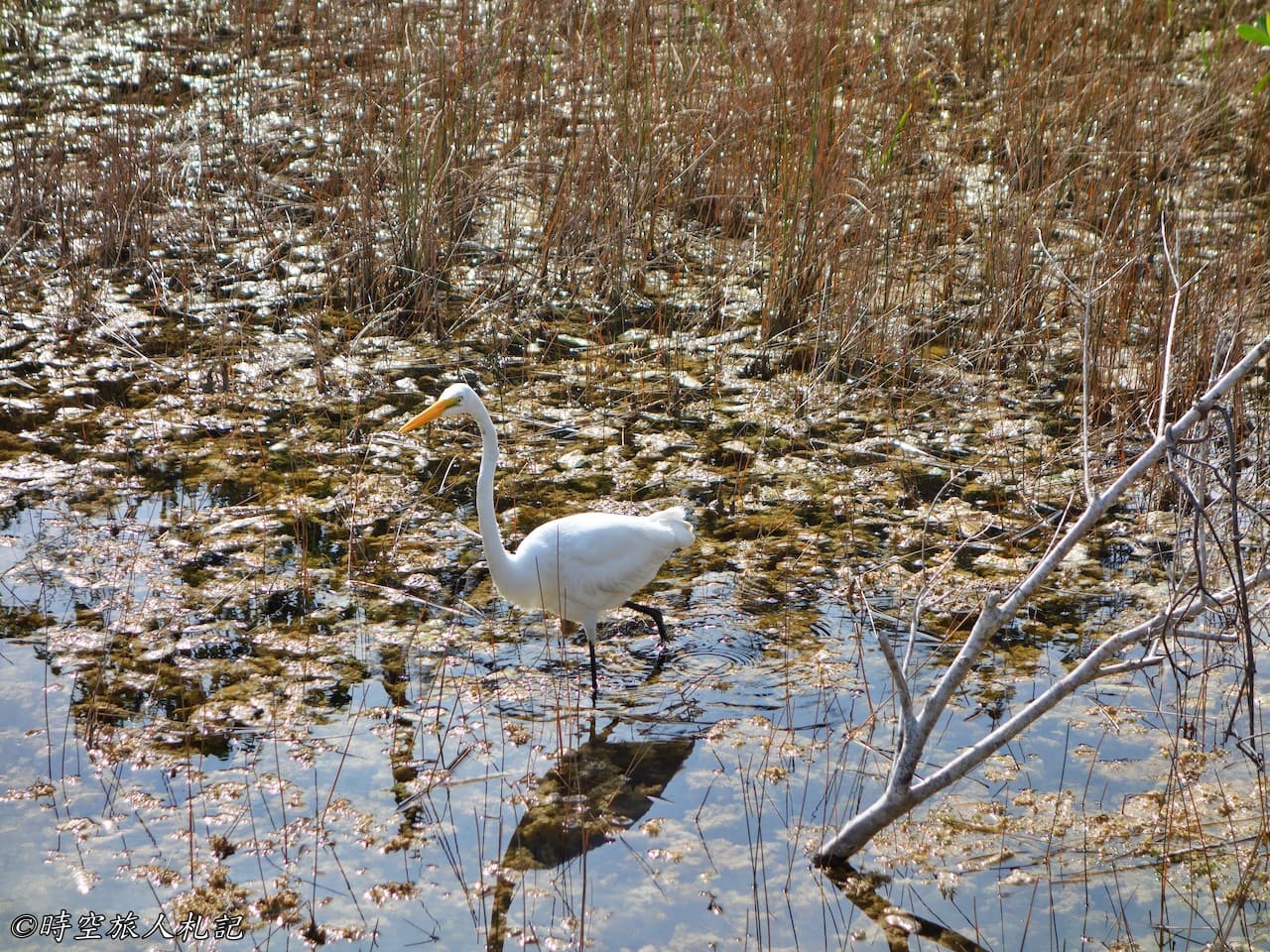
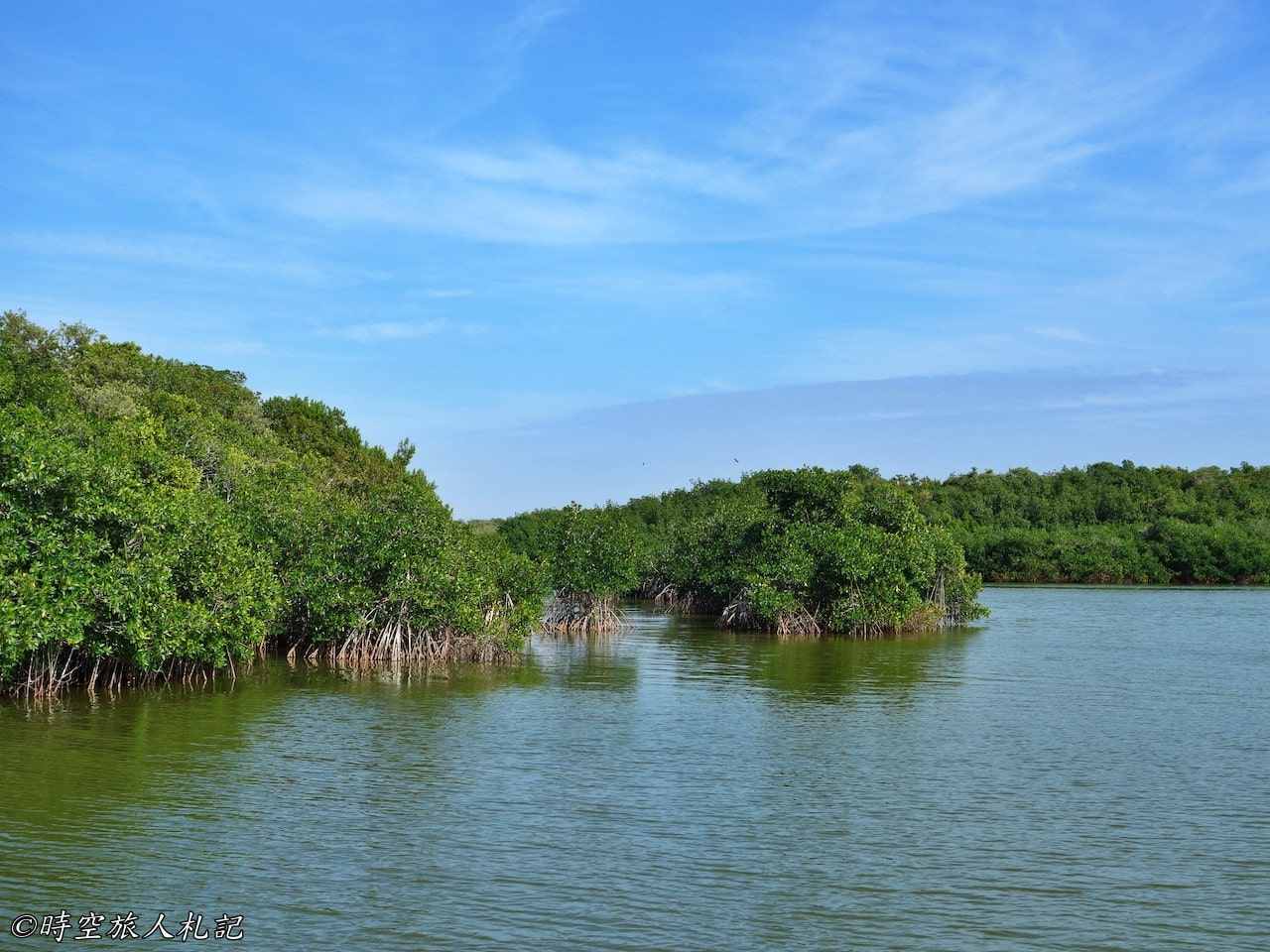
Flamingo
At the westernmost end of the road lies Flamingo, with the Guy Bradley Visitor Center as a landmark, adjacent to the beautiful Florida Bay. Sometimes, manatees can be spotted in the waters nearby, although during our visit, we only saw alligators. If time permits, you can also join a boat tour, where you might encounter manatees and dolphins.
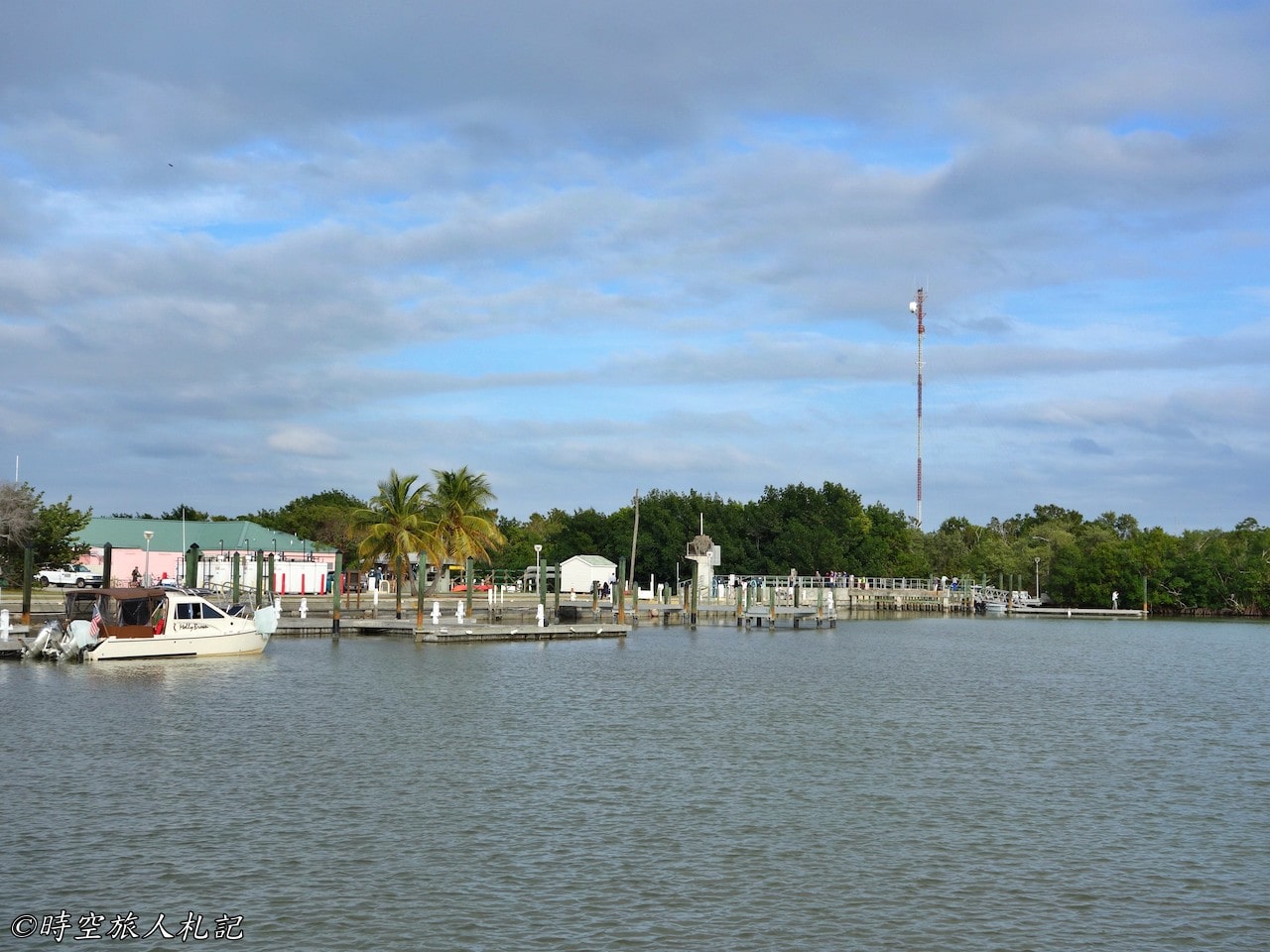
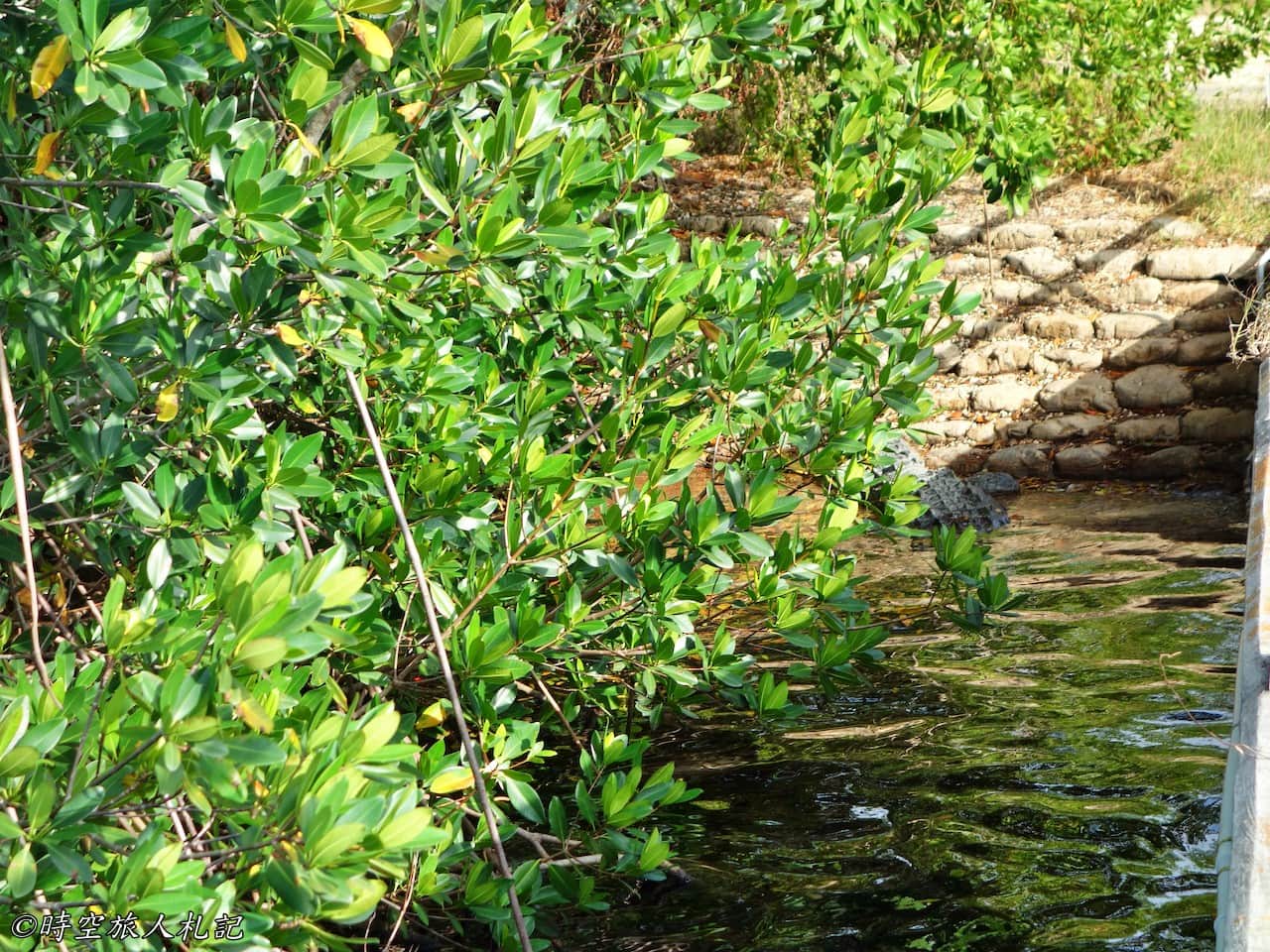
Shark Valley Region
If you only have one day to spend in the Everglades, I recommend visiting Shark Valley. To visit Shark Valley, you need to enter from the north entrance and join the Shark Valley Tram Tour. There will be guided commentary on the tram. The tram takes everyone to the Observation Tower, where you can disembark, and then you can walk back along the trail.
The ecosystem of the Evergladesi National Park is indeed fragile and susceptible to damage from both natural disasters and human activities. Each time a crisis occurs, it is listed as a World Heritage Site in danger. Previously, individuals released snakes into the park, but as the marshes here originally did not harbor snakes, these introduced species preyed on the local wildlife, significantly affecting alligators. Despite their intimidating appearance, alligators play a crucial role in the marsh ecosystem. They create alligator holes, which serve as water sources and habitats for many other species. Therefore, park authorities have dispatched personnel to capture snakes in an effort to mitigate the ecological impact of invasive species. However, the snakes continue to reproduce rapidly, and it remains uncertain whether this issue can be fully resolved.


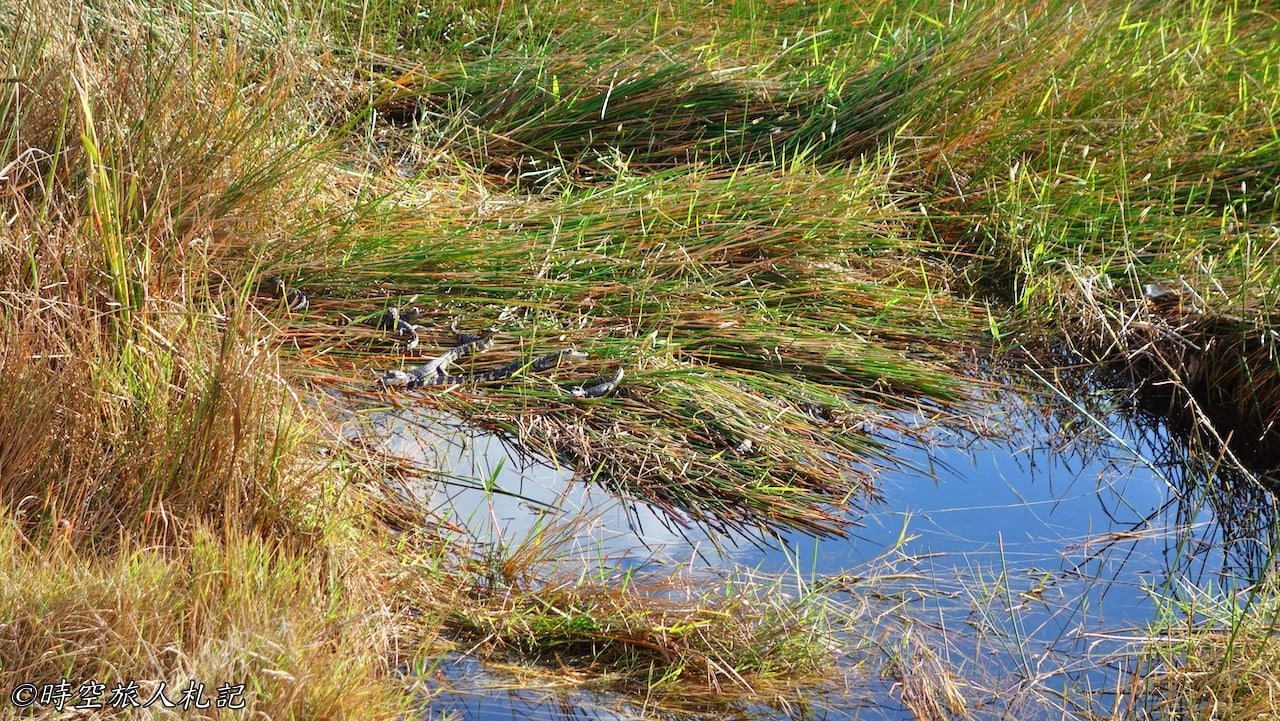
The observation tower, though not tall, offers a great view from the top, and there are plenty of alligators around it. Shark Valley is actually the area with the highest concentration of alligators within Everglades National Park, even more than the Royal Palm area. During the off-season, it might be more challenging to spot alligators in Royal Palm, but in Shark Valley, you're guaranteed to see them.

The main focus of observation at Shark Valley is the ecology of alligators, with countless of alligators, big and small, present. Along the trail, we saw many newly hatched baby alligators lining up on the water grass. We quickly took out our cameras to capture the moment, only to realize back home that there were many, many more smaller alligators hidden in the thickets. The sheer quantity was truly astonishing.
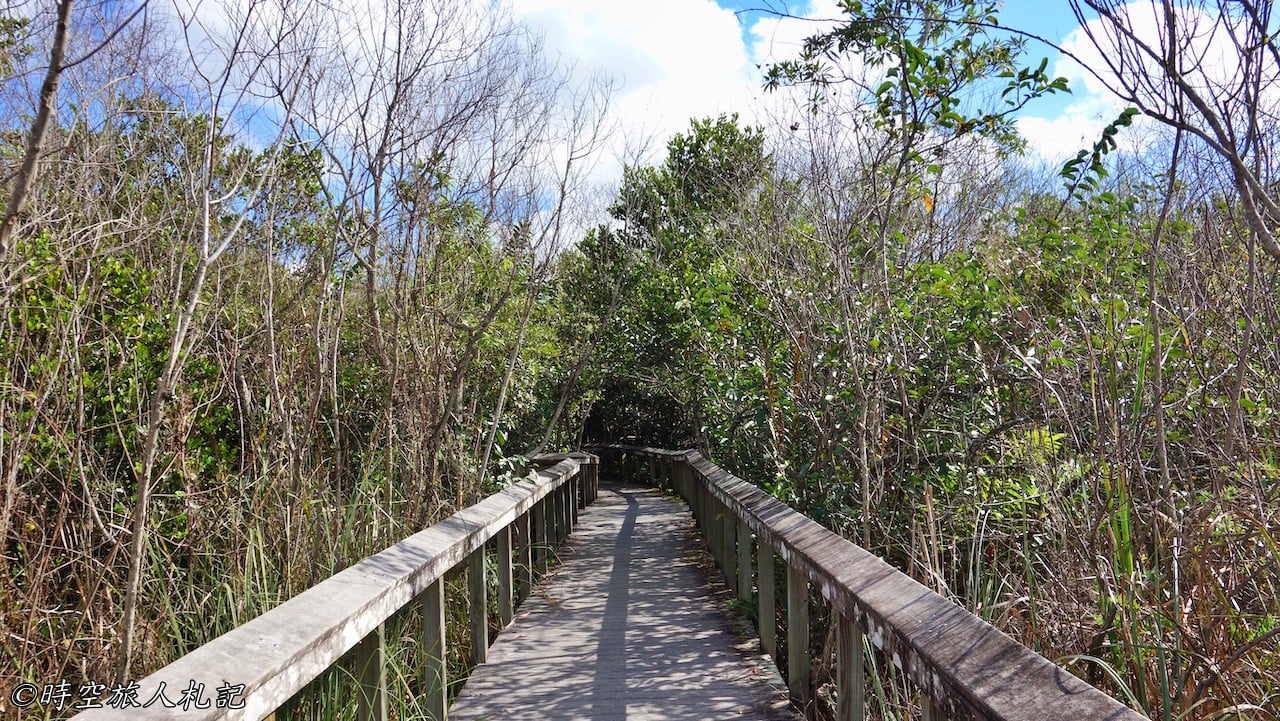
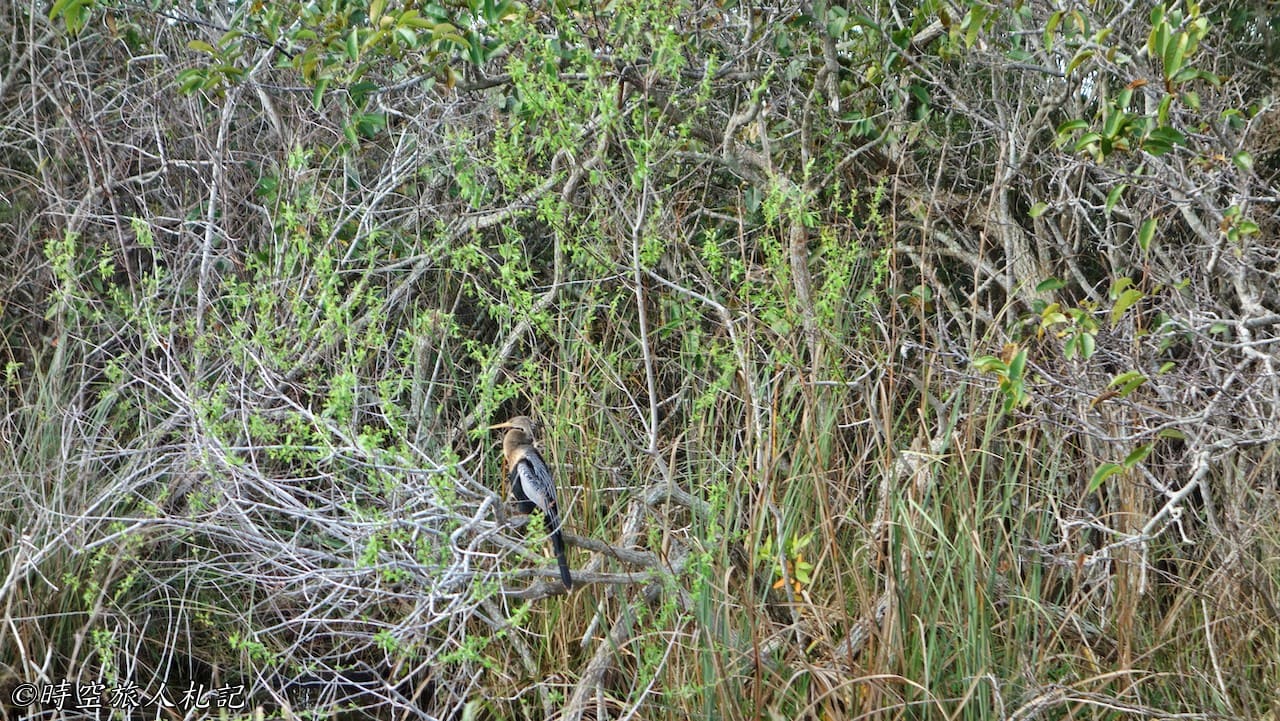
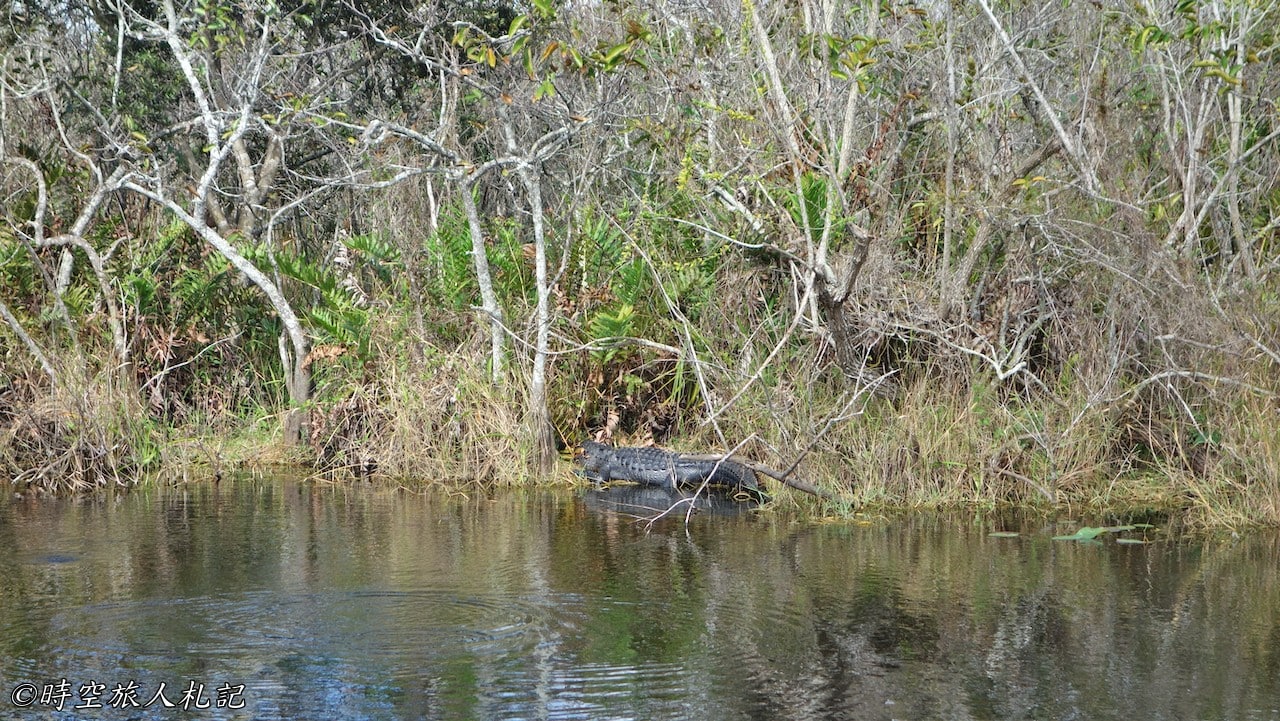
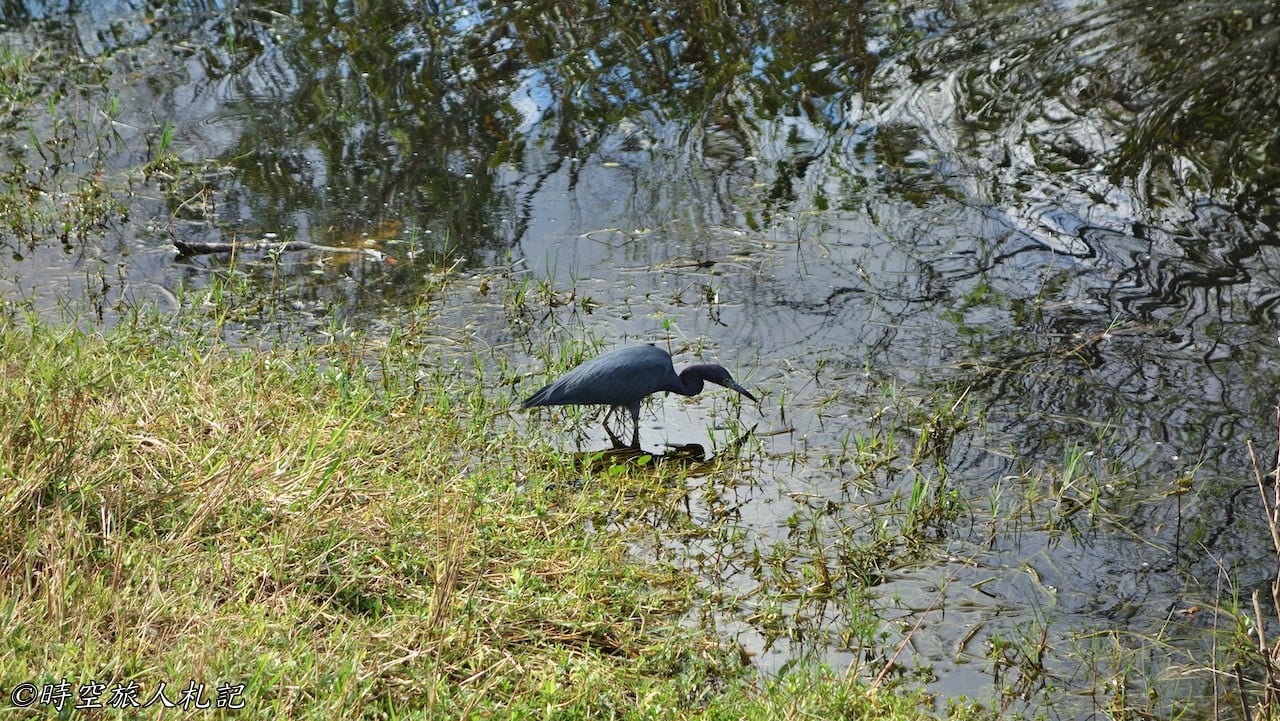
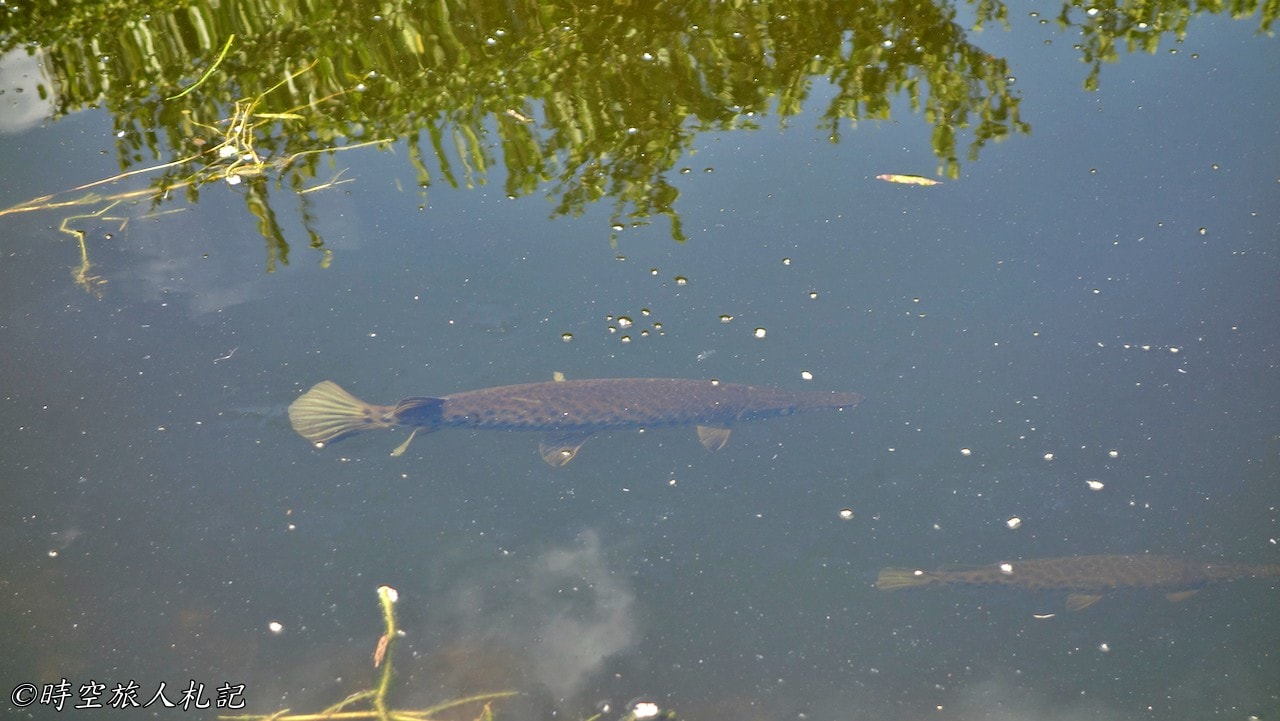
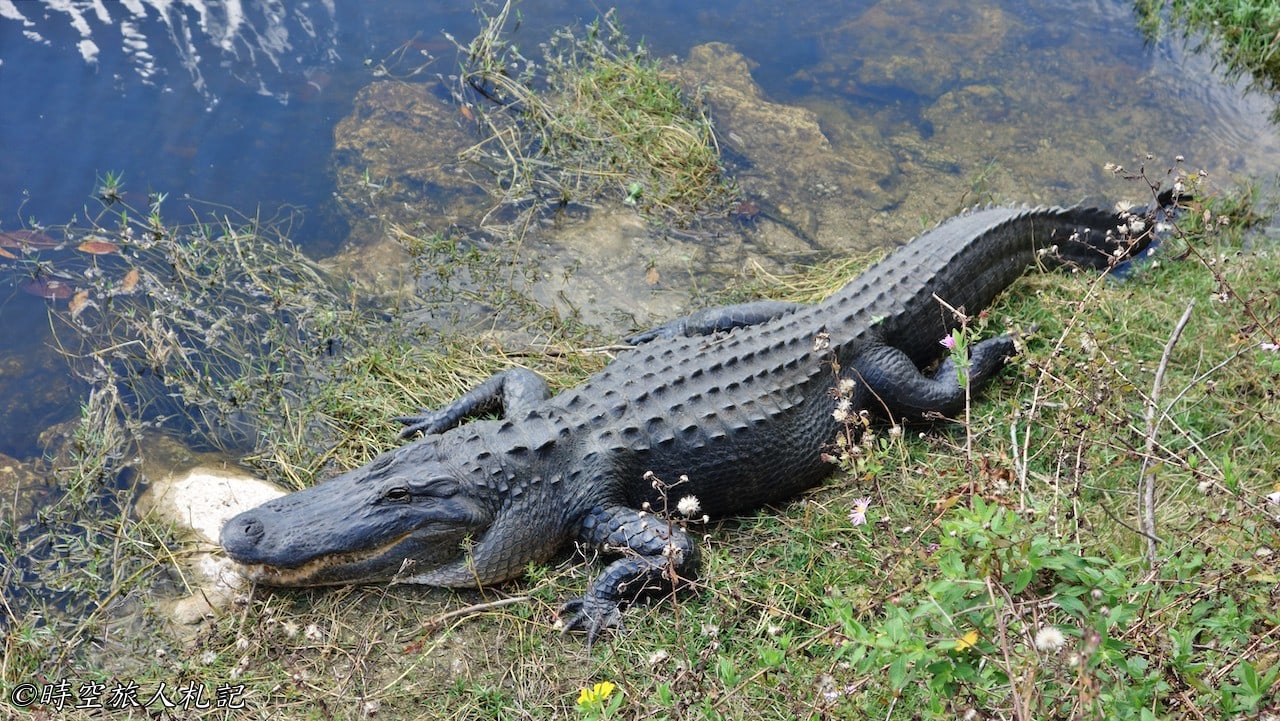
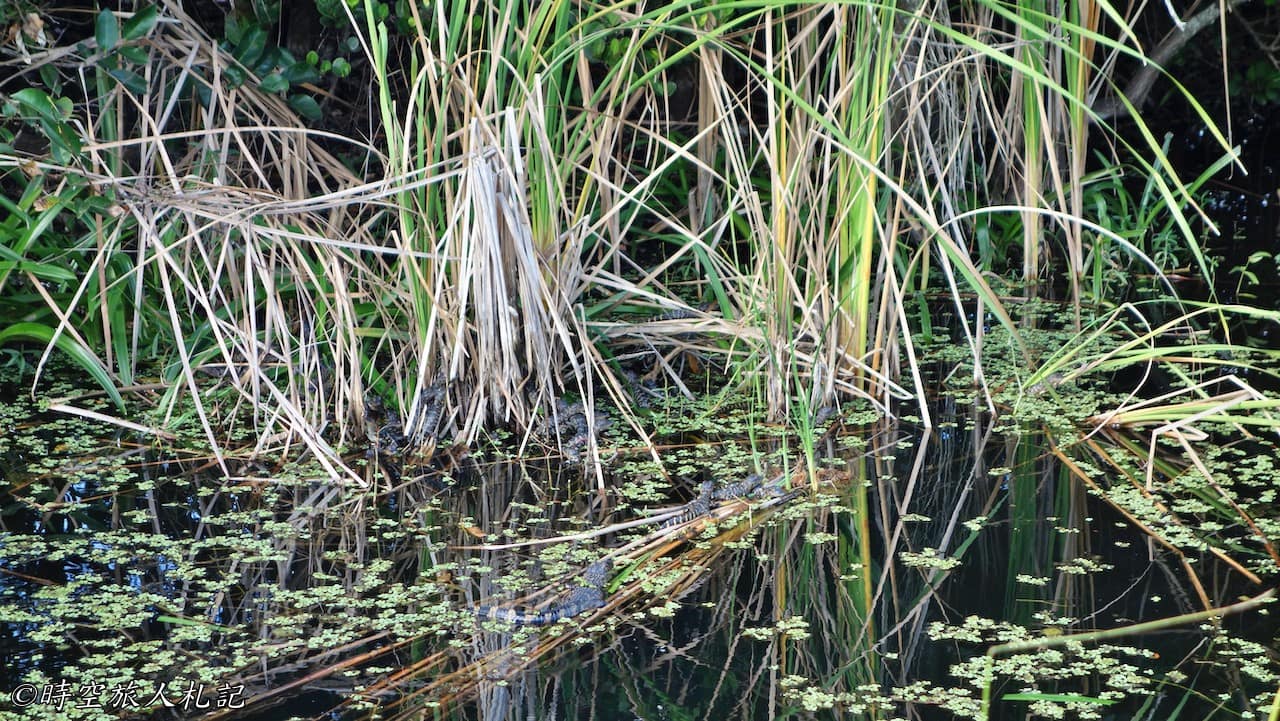
Gulf Coast Region
The nearest city to the Gulf Coast Visitor Center is Everglades City. The highlight of this area is the Ten Thousand Islands Boat Tour, where you can see mangroves, as well as dolphins and manatees. Named Ten Thousand Islands because of the numerous small islands in the area, some covered in mangroves while others are home to seabirds. Dolphins are quite easy to spot, with some of them even approaching the boat to greet passengers. However, the opportunity to see manatees seems to be less common. When passing through manatee areas, the boat slows down, but unfortunately, we didn't spot any during our tour.

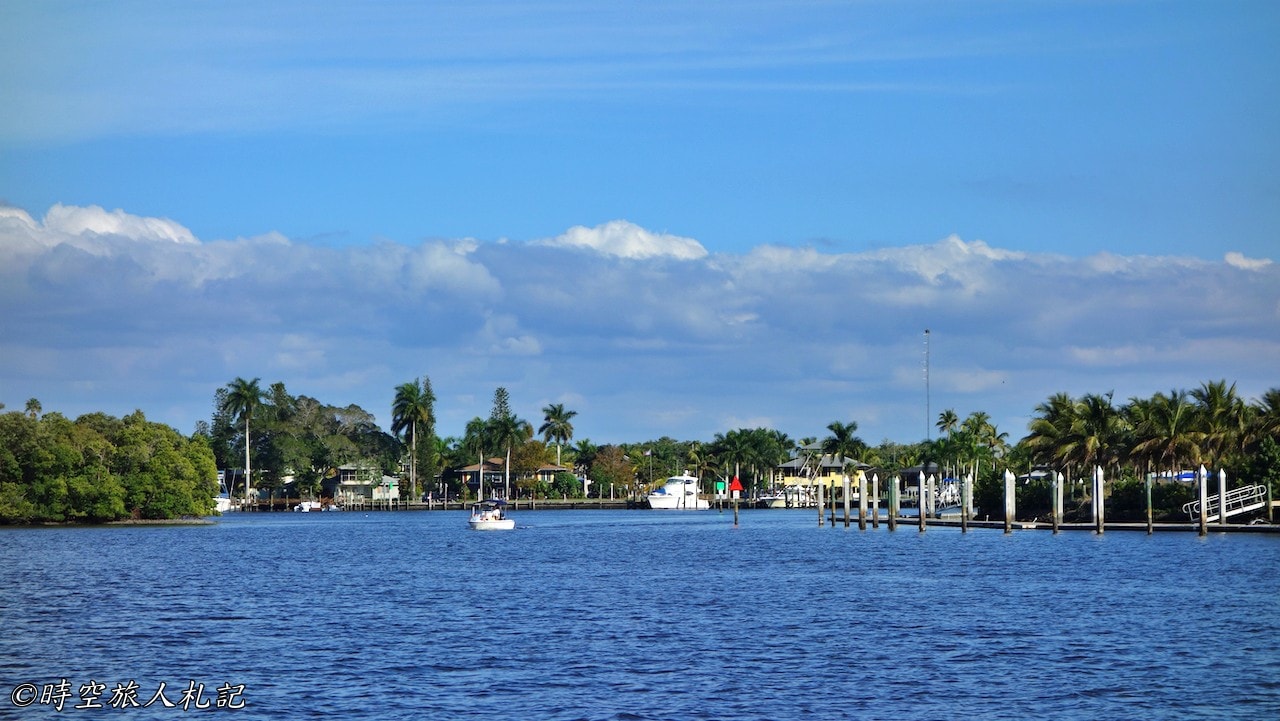
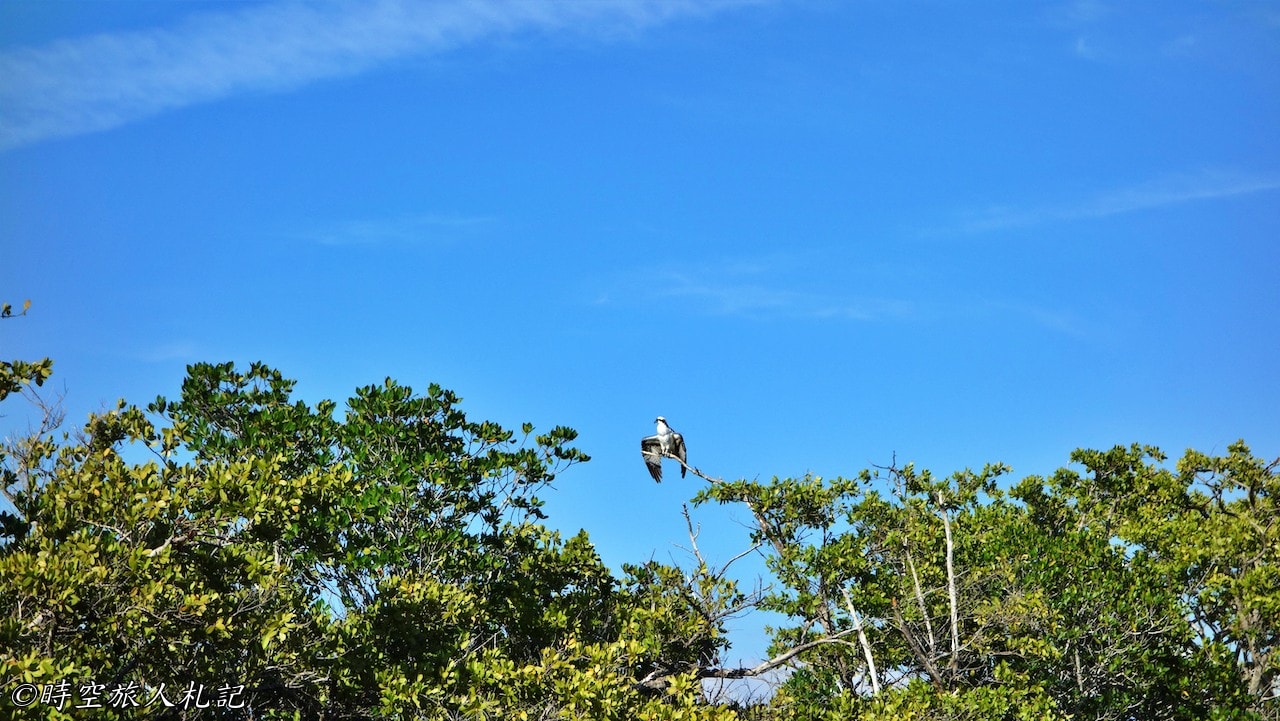
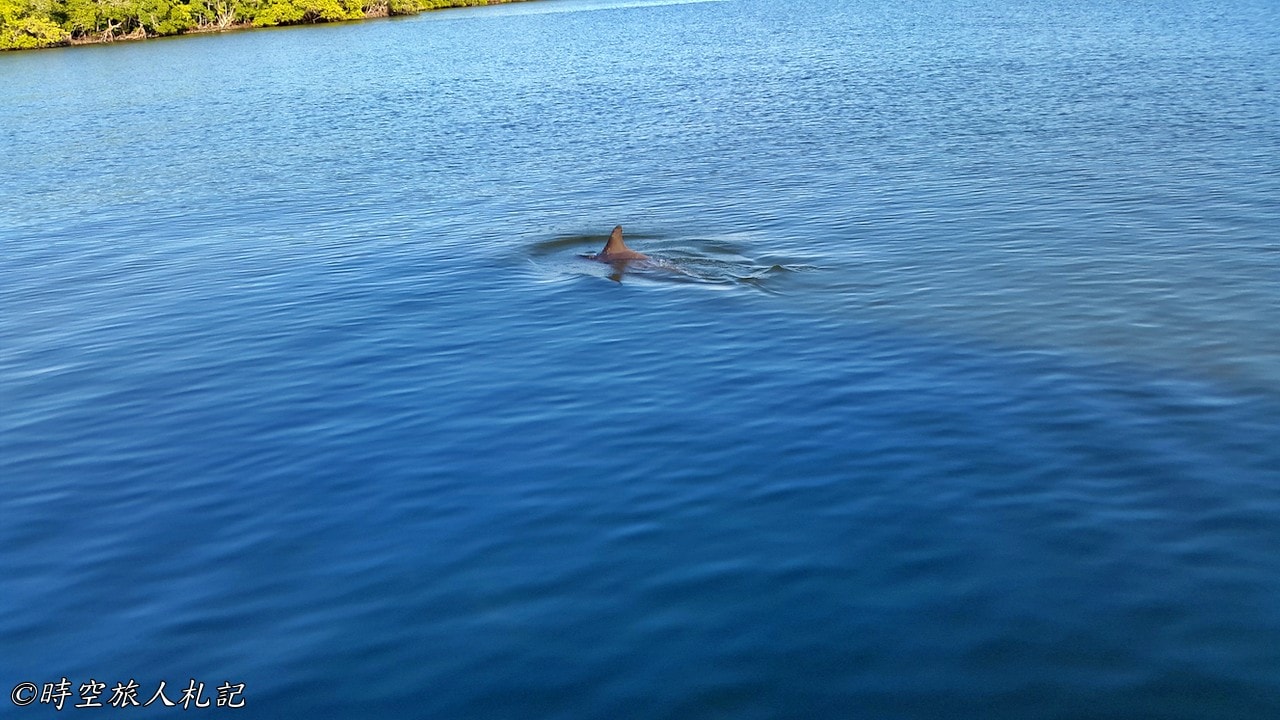
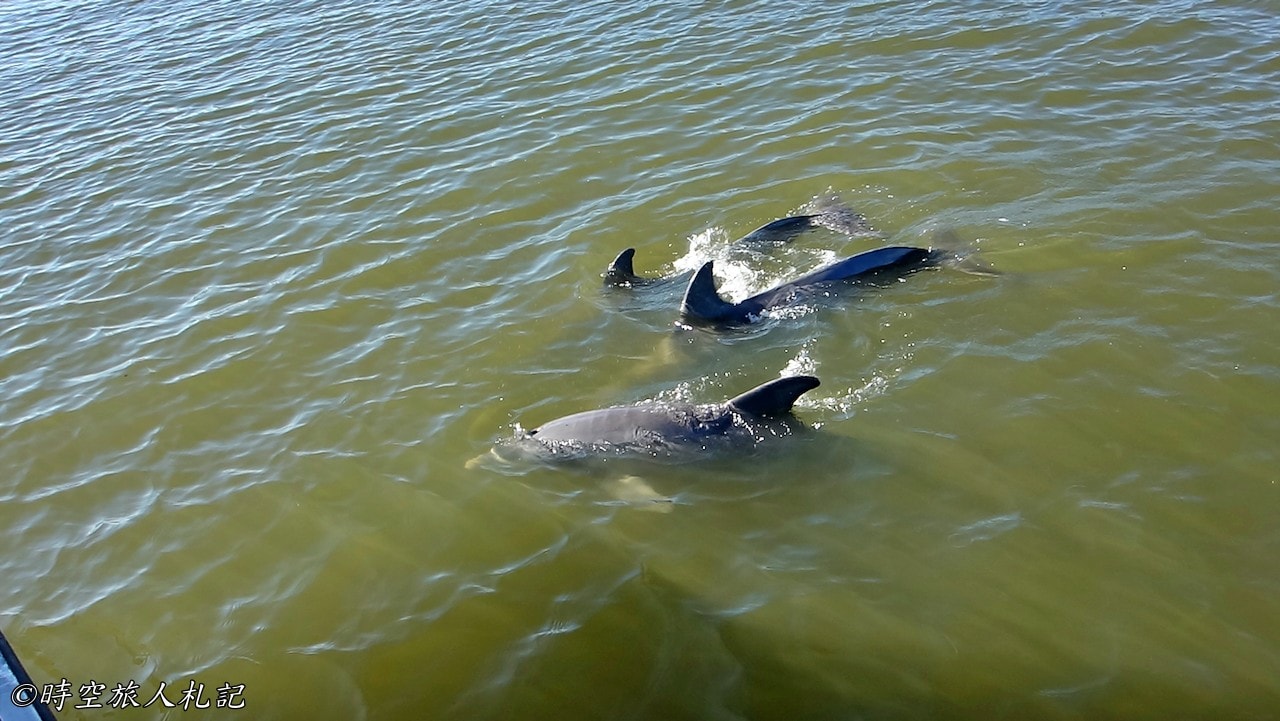
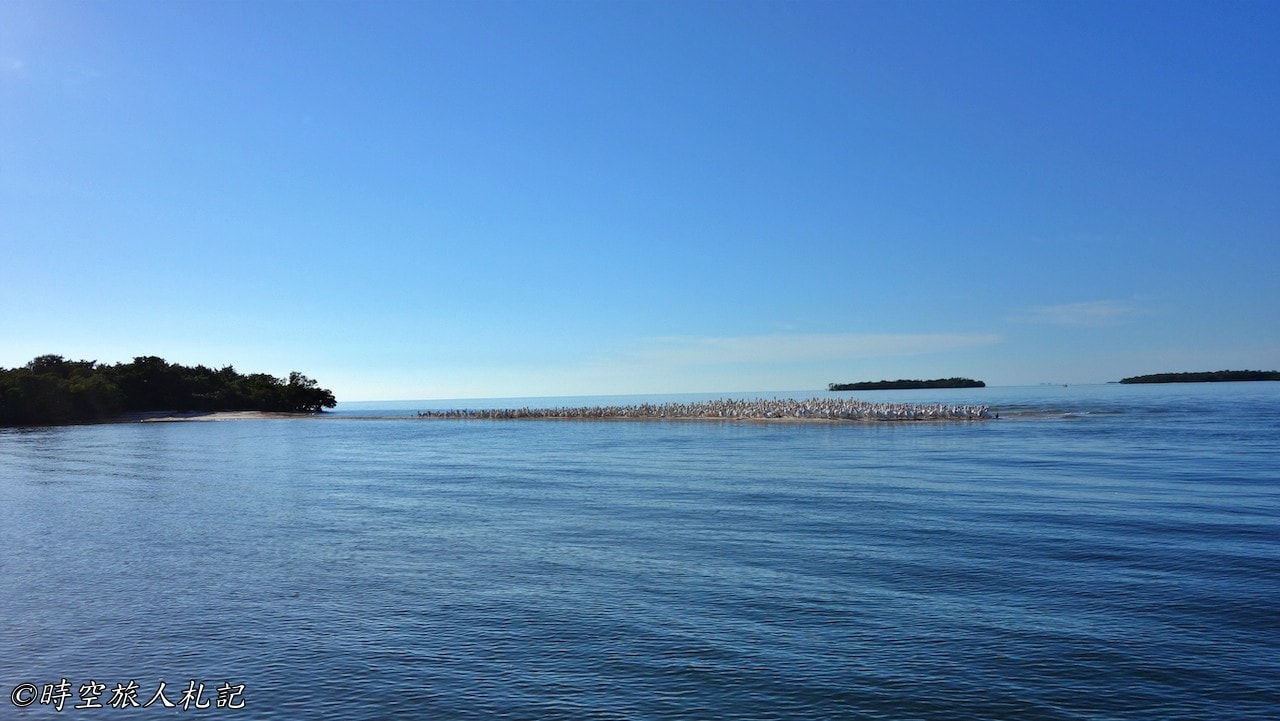
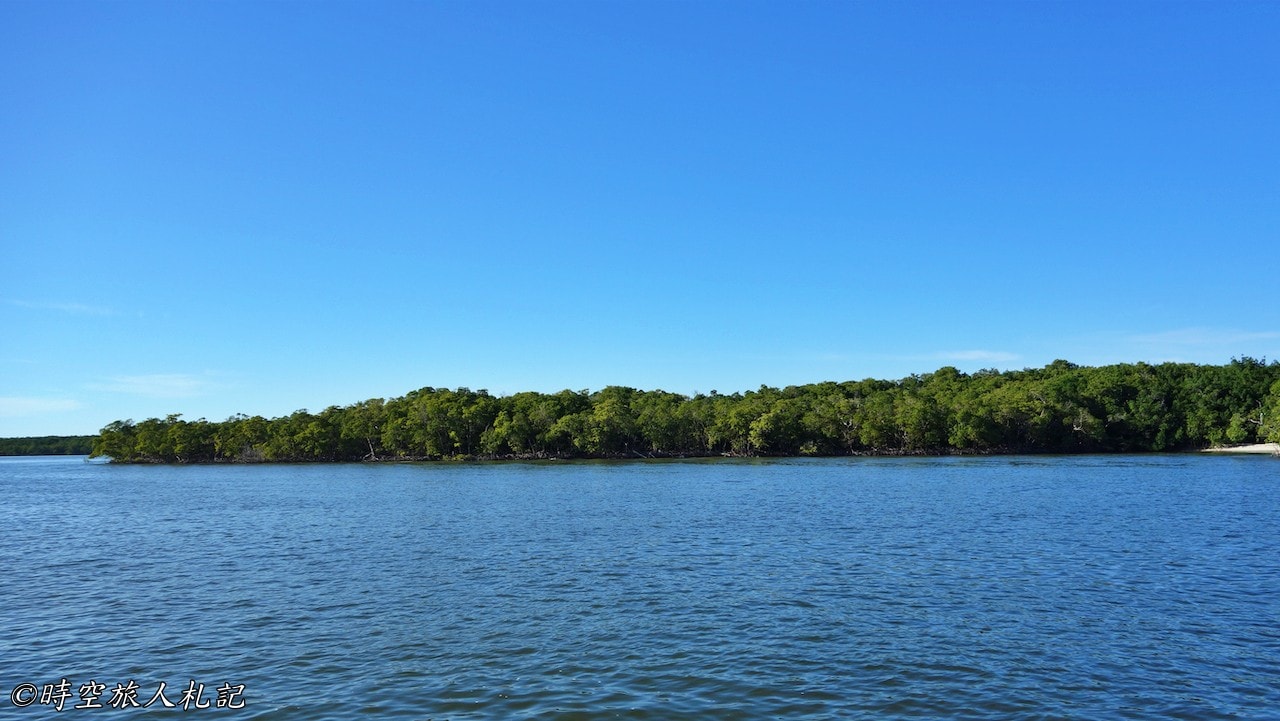
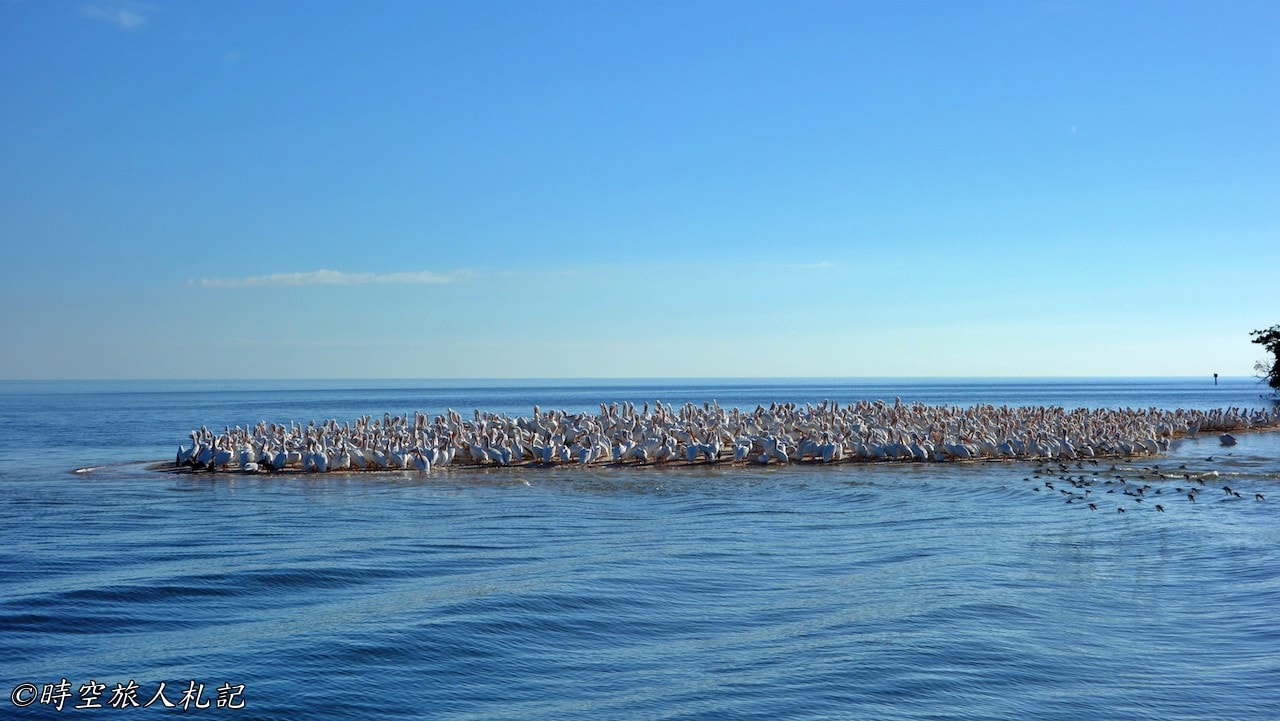
Everglades National Park | Dining
Homestead | Robert is here Fruit stand
- Rating: ⭐️⭐️⭐️⭐️
- Price: $$
On the way from Homestead to Everglades National Park, you'll definitely pass by a large fruit stand called "Robert is Here." Despite its simple appearance as a fruit stand, it's extremely famous, often requiring queuing to enter. Here, you can find tropical fruits rarely seen in other parts of the United States, such as mangoes, starfruit, papayas, and sugarcane. For tourists like us, besides buying fruits, it's actually more suitable to purchase fruit milkshakes here. The milkshakes made with freshly cut fruits on the spot are fantastic, and despite the half-hour wait in line, the crowds never deter visitors.
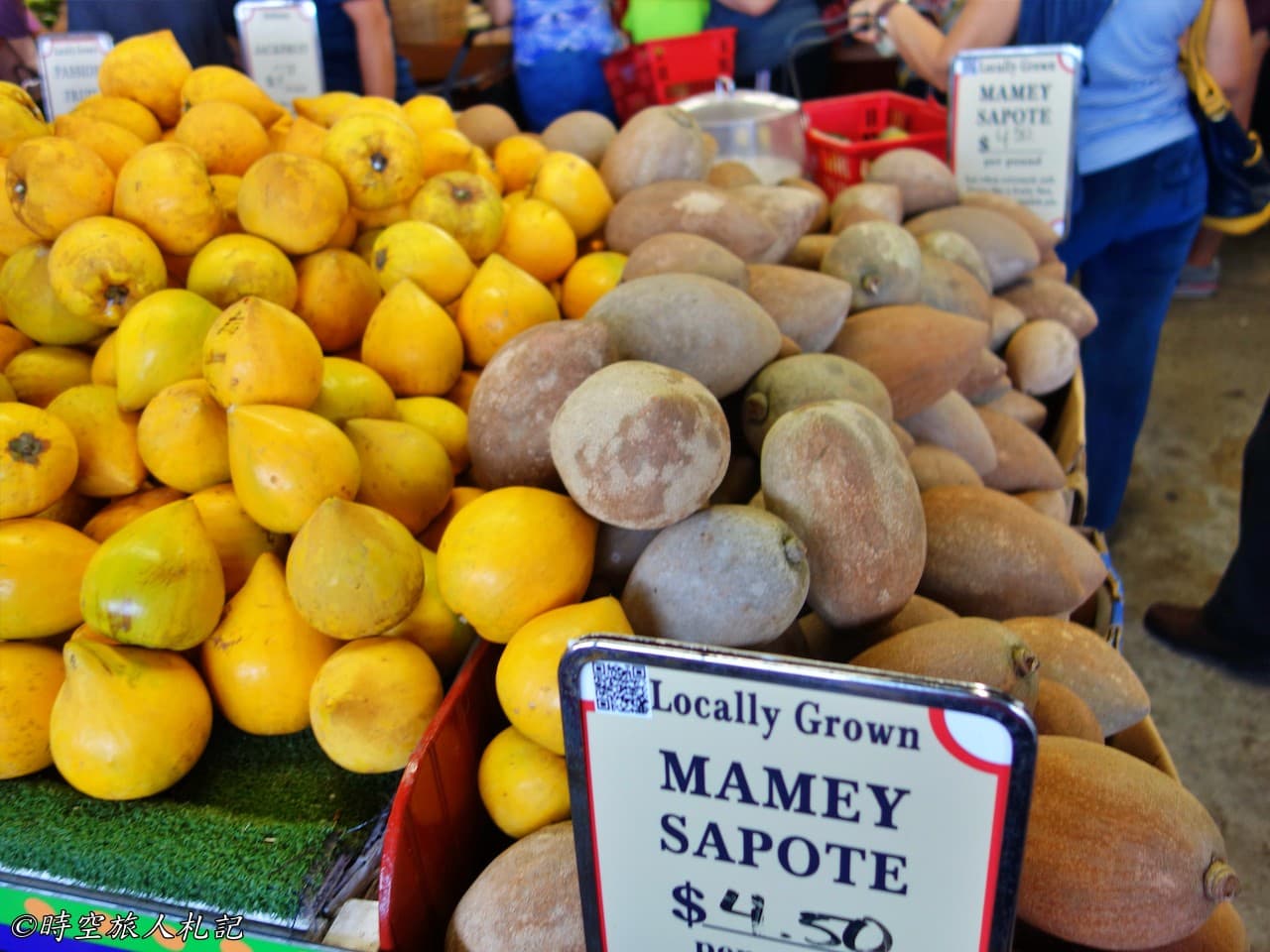
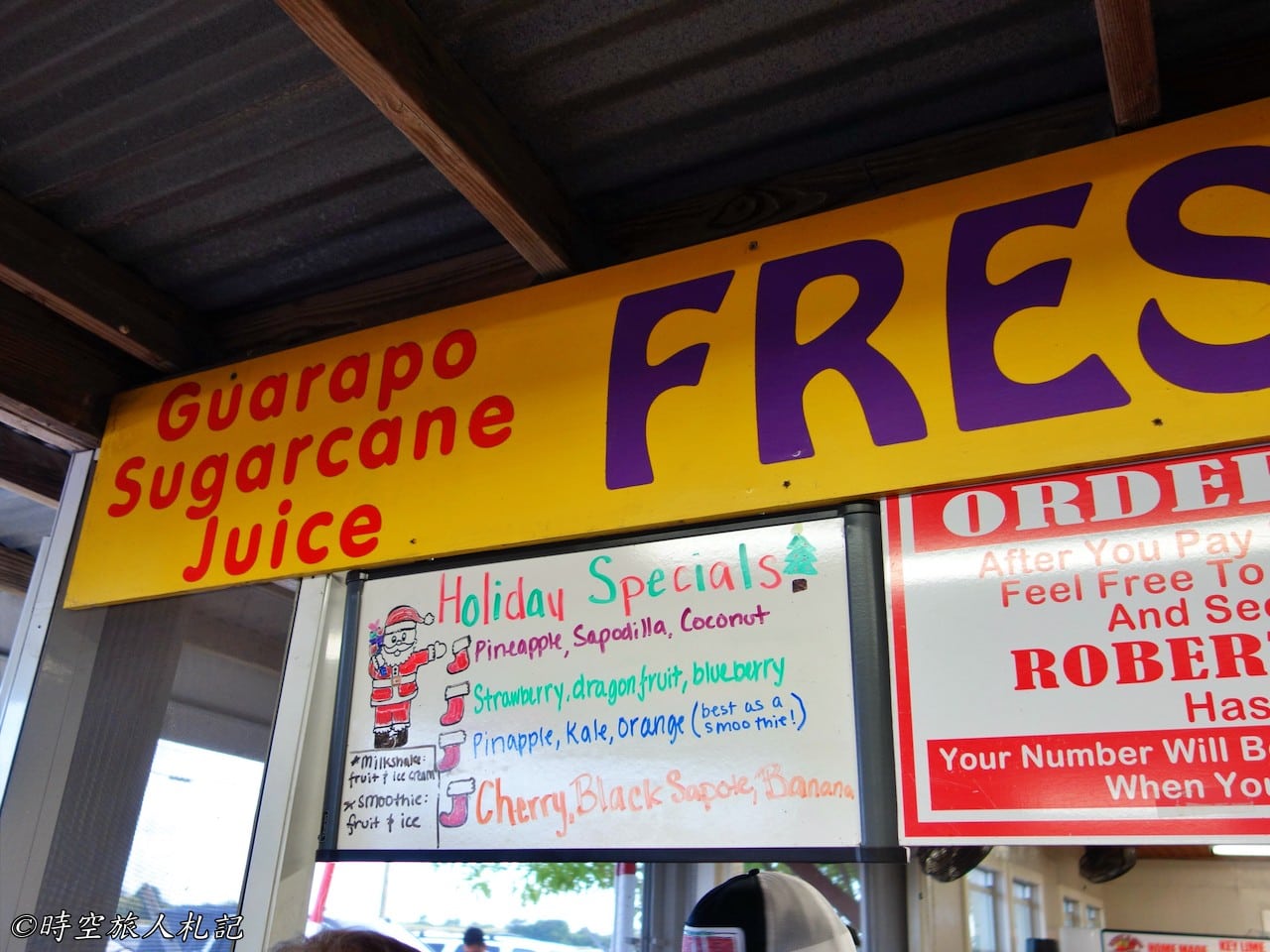
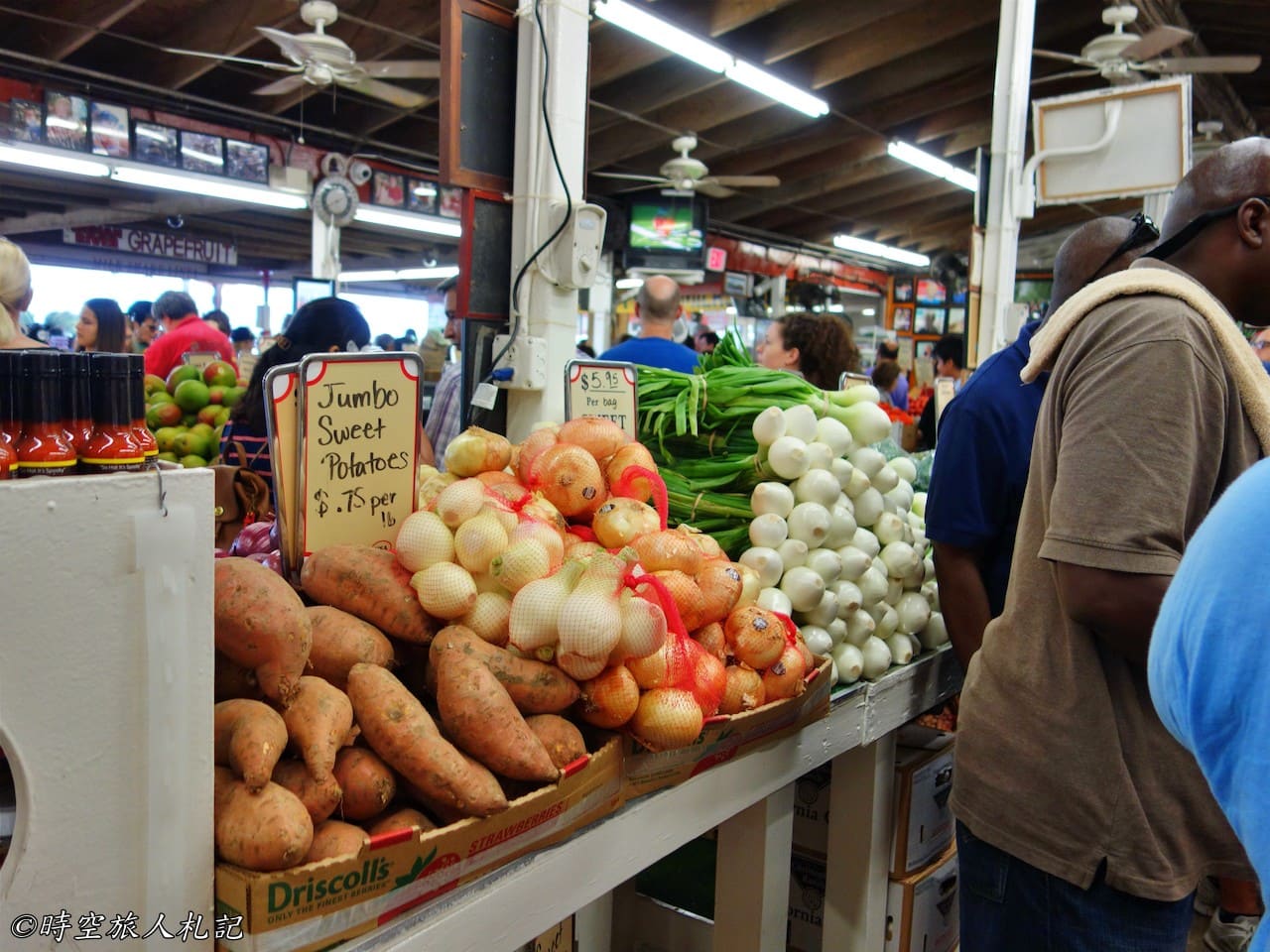
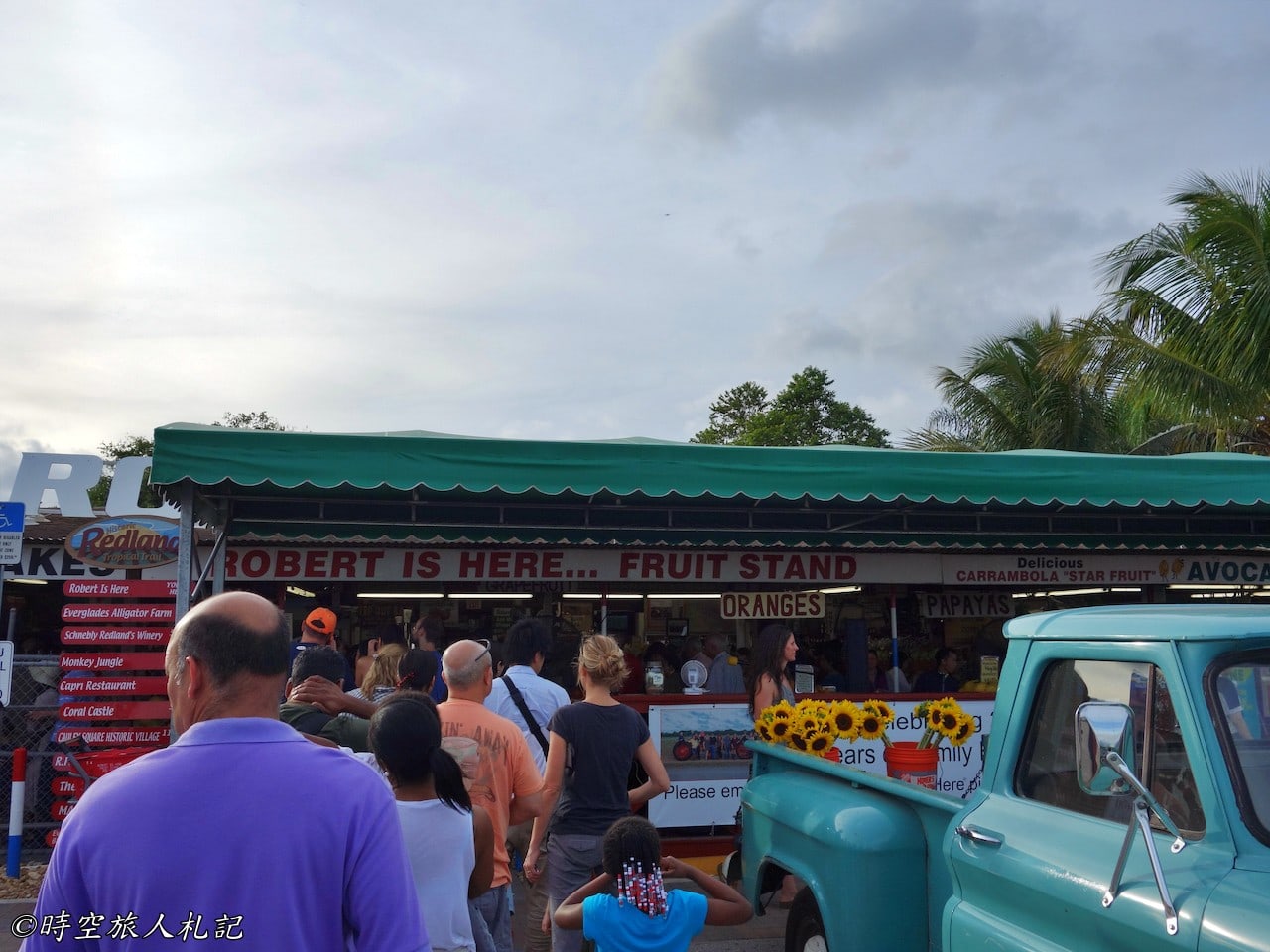
Everglades City | City seafood
- Rating: ⭐️⭐️⭐️
- Price: $$
City Seafood primarily sells fried seafood and is located in Everglades City. They offer a variety of seafood and freshwater fish. We ordered a basket of stone crabs and a selection of fried items of our choice. Wanting to try different foods, we chose fried alligator, frog legs, and shrimp. Tasting fried alligator for the first time was quite special; its texture is somewhat like tougher chicken.
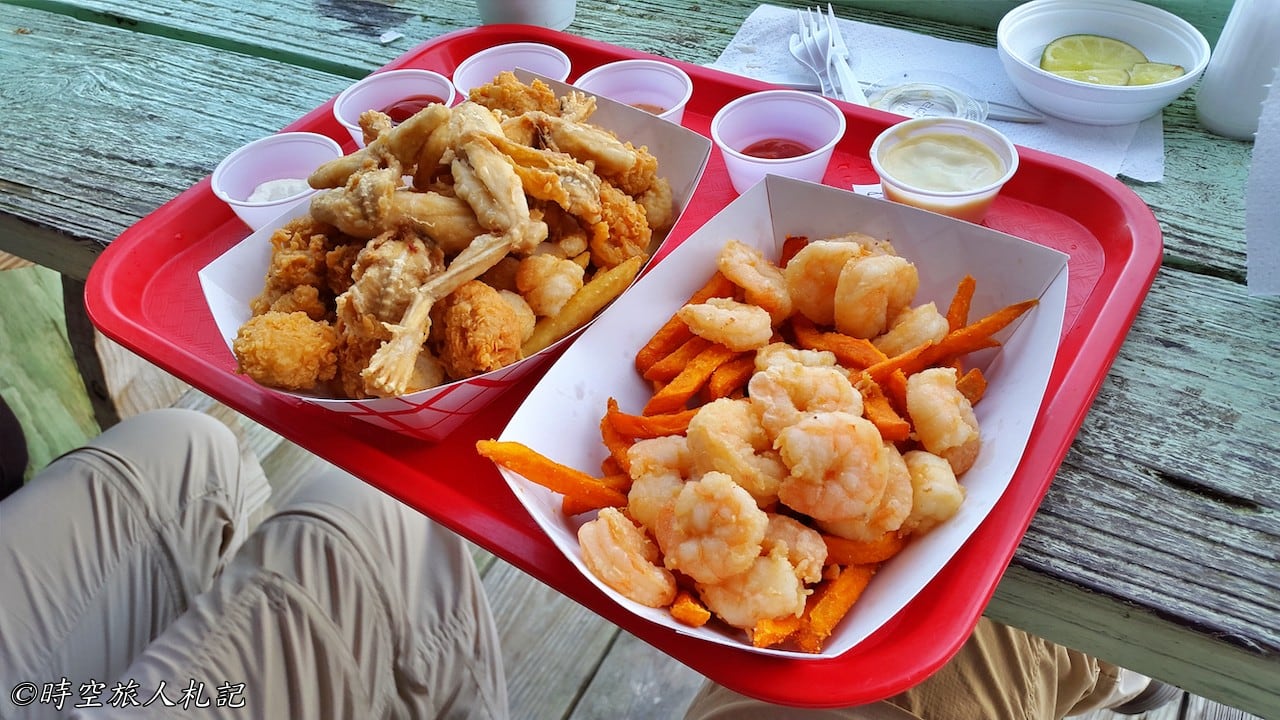
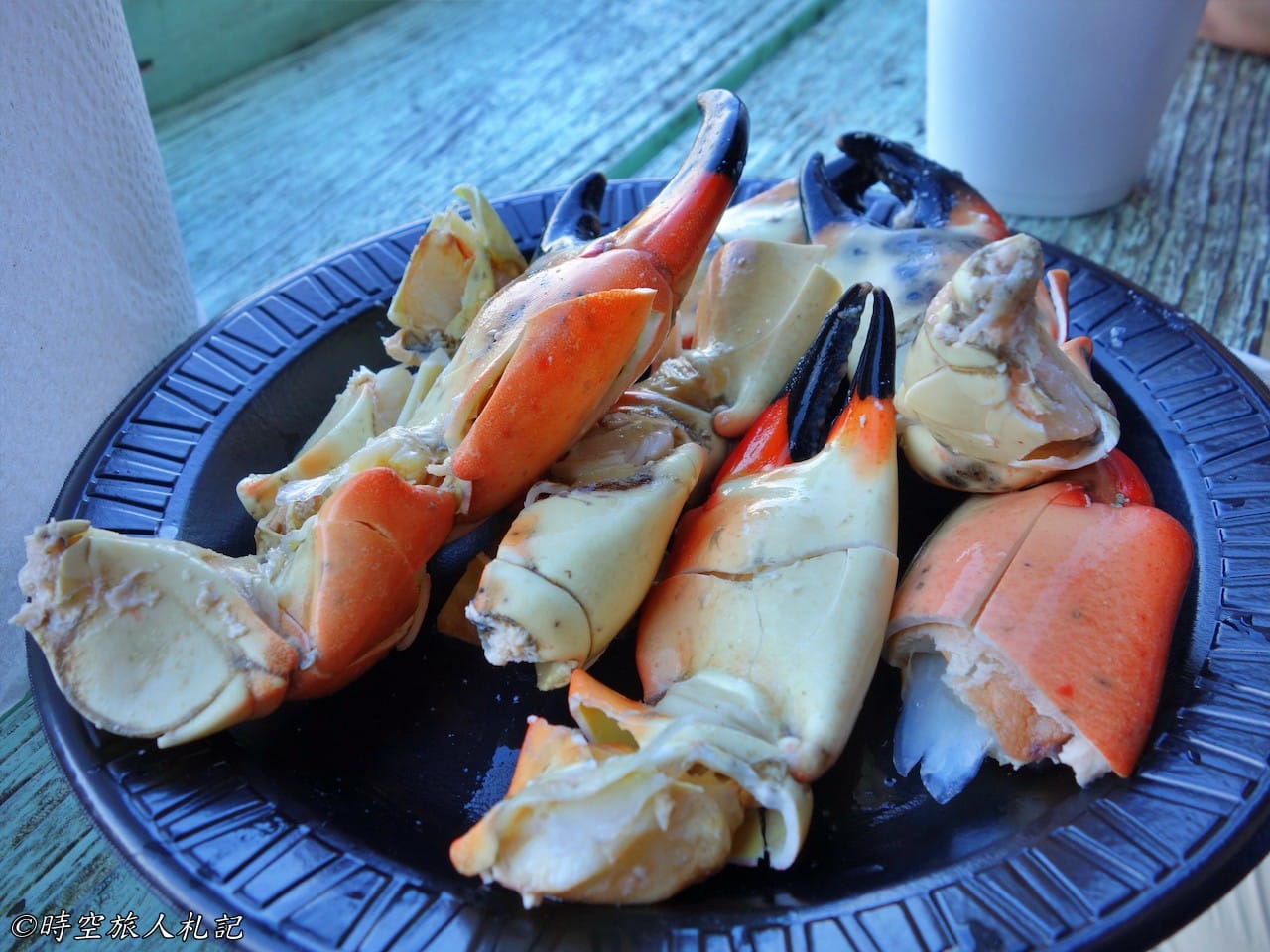
Further reading
Thank you for visiting our website.
All the content on this site is original and shared with the purpose of providing valuable information. We sustain the operation of this site through a small amount of advertising and sponsored links. If you click on links to third-party merchants on our site and make purchases, we may receive a portion of the sales as a commission. If you click on links to third-party merchants on our site and make purchases, we may receive a portion of the sales as a commission.
Find more posts on a map Here.
My recommended resources for hotel bookings.
Recommended travel credit card for US-based travelers
Travel with just a backpack!
Buy me a coffee and support my contents!
If you are interested in quoting this article or using any part of its content and images on your website or publication, please contact us via email to request permission.